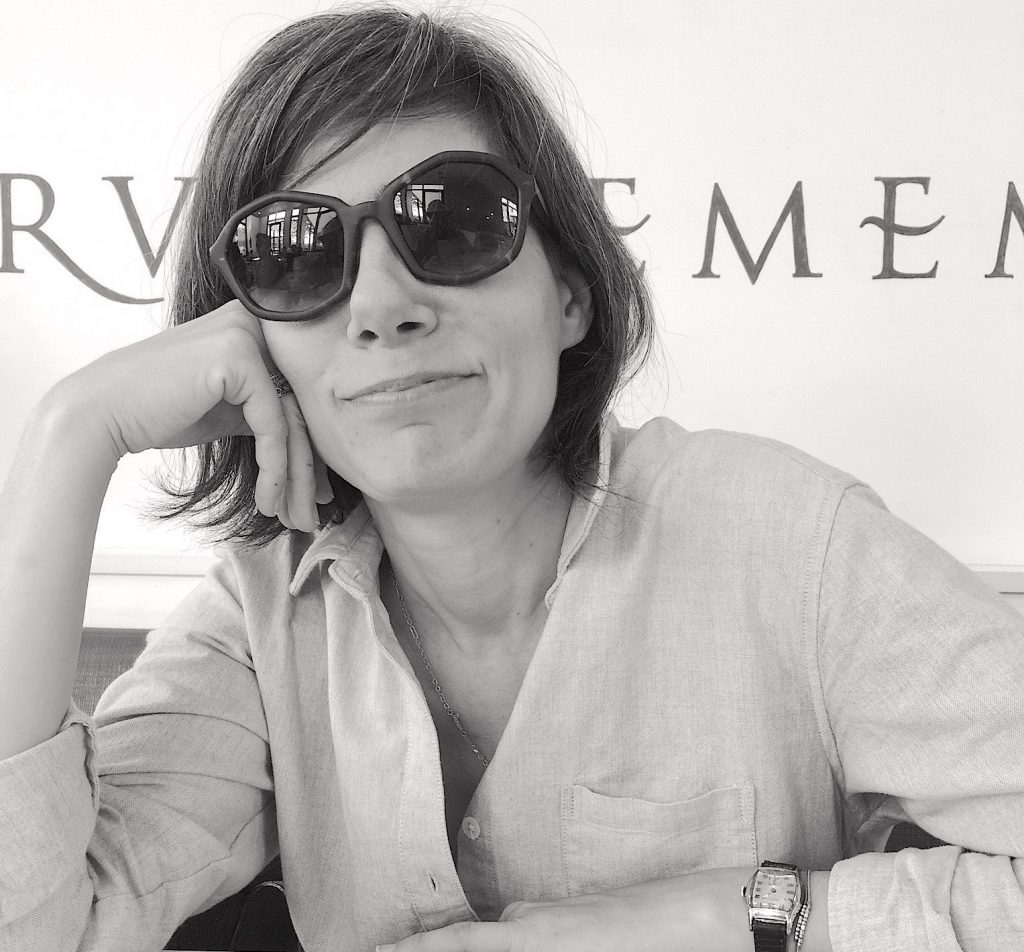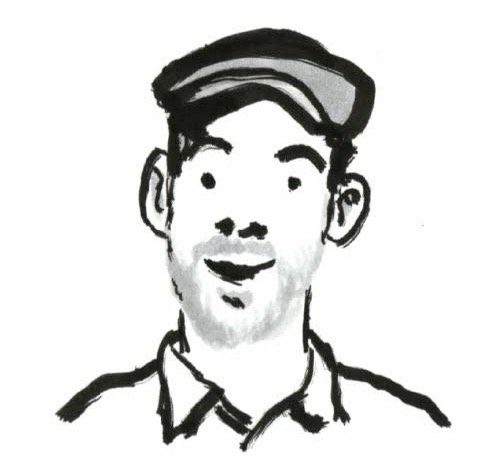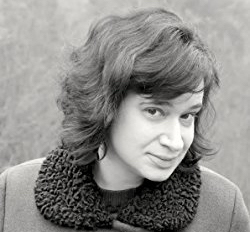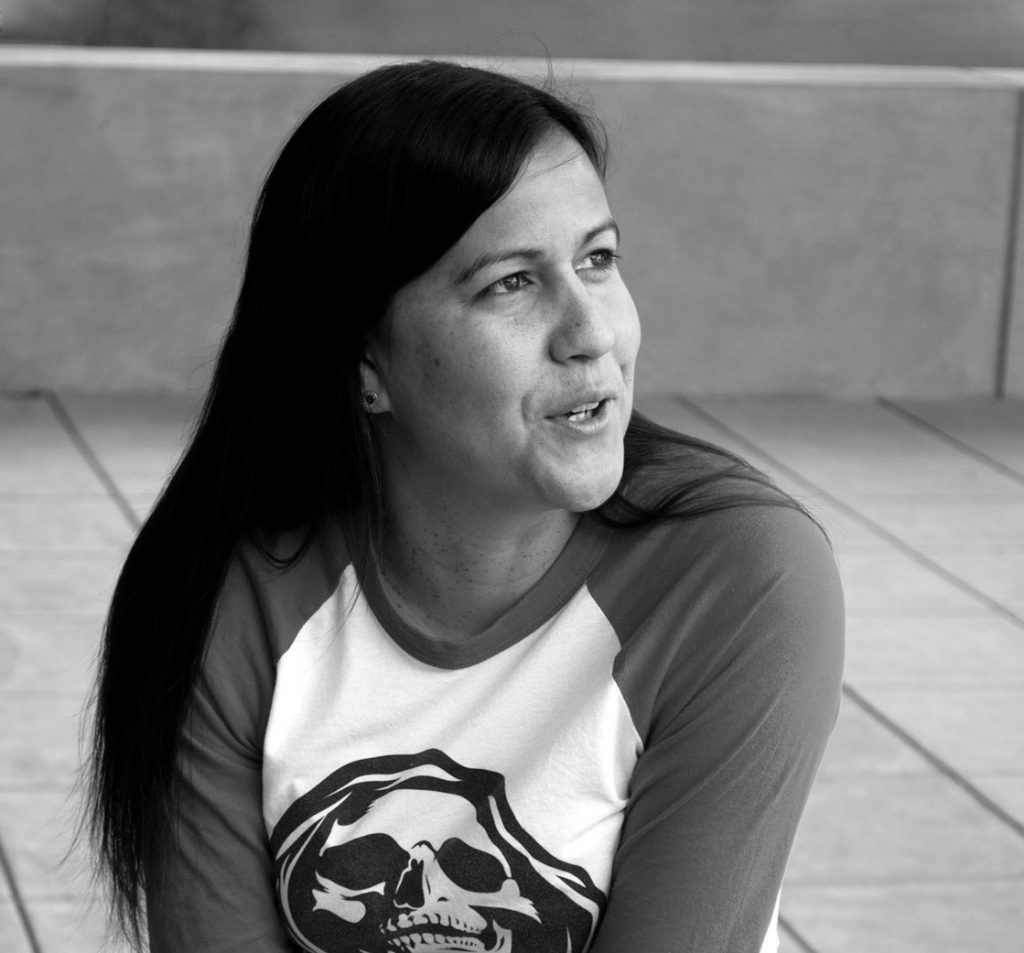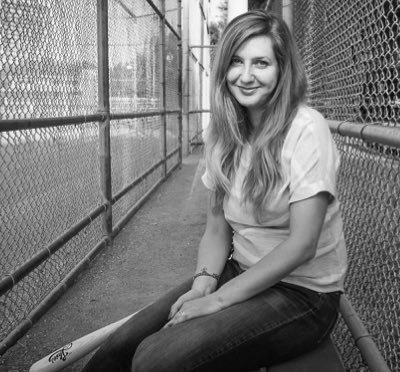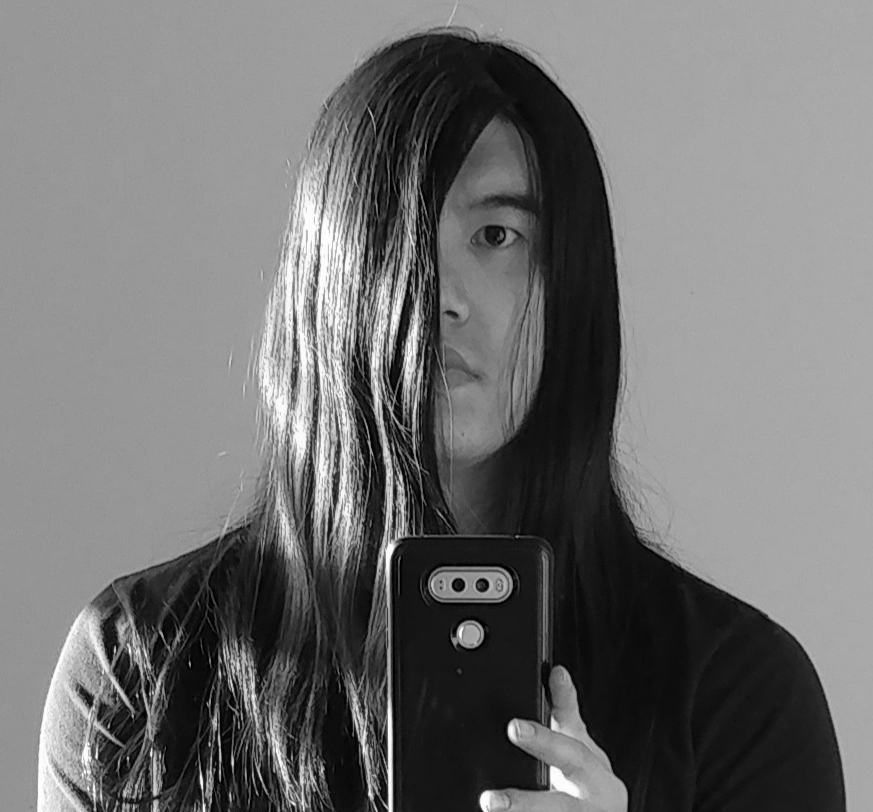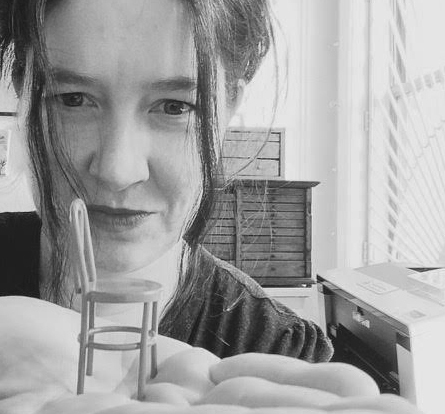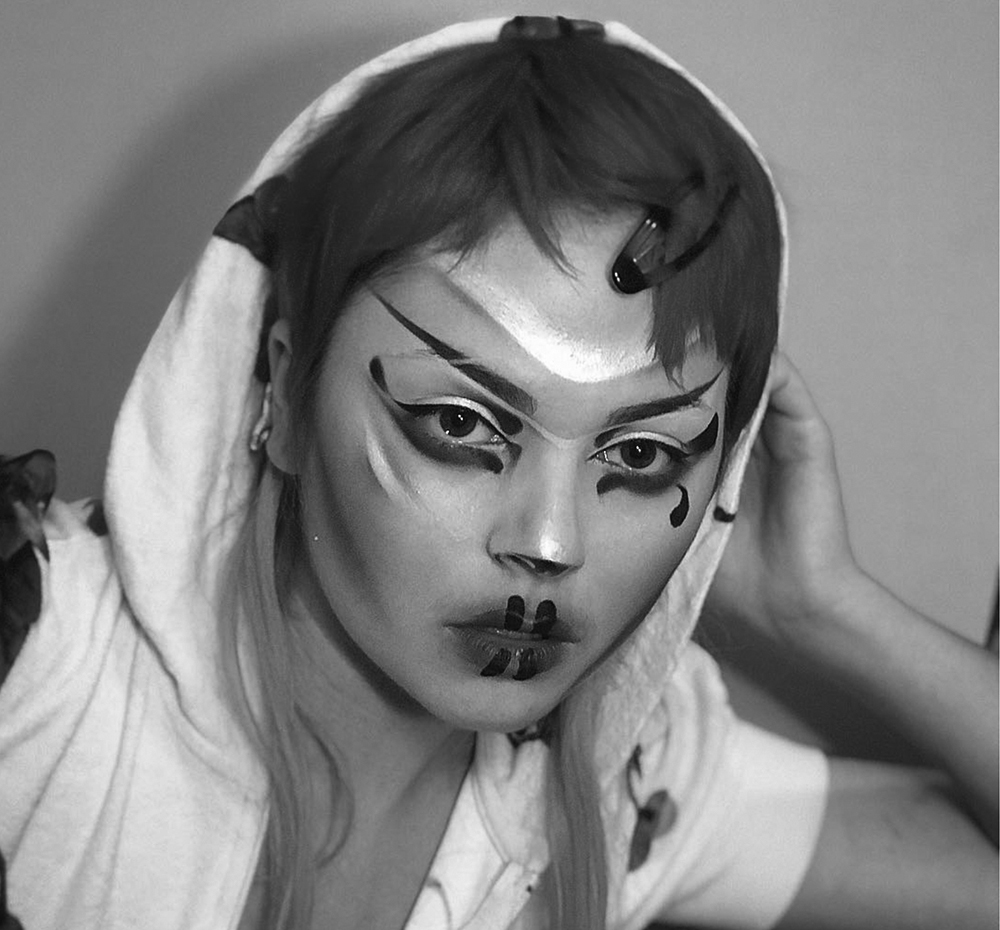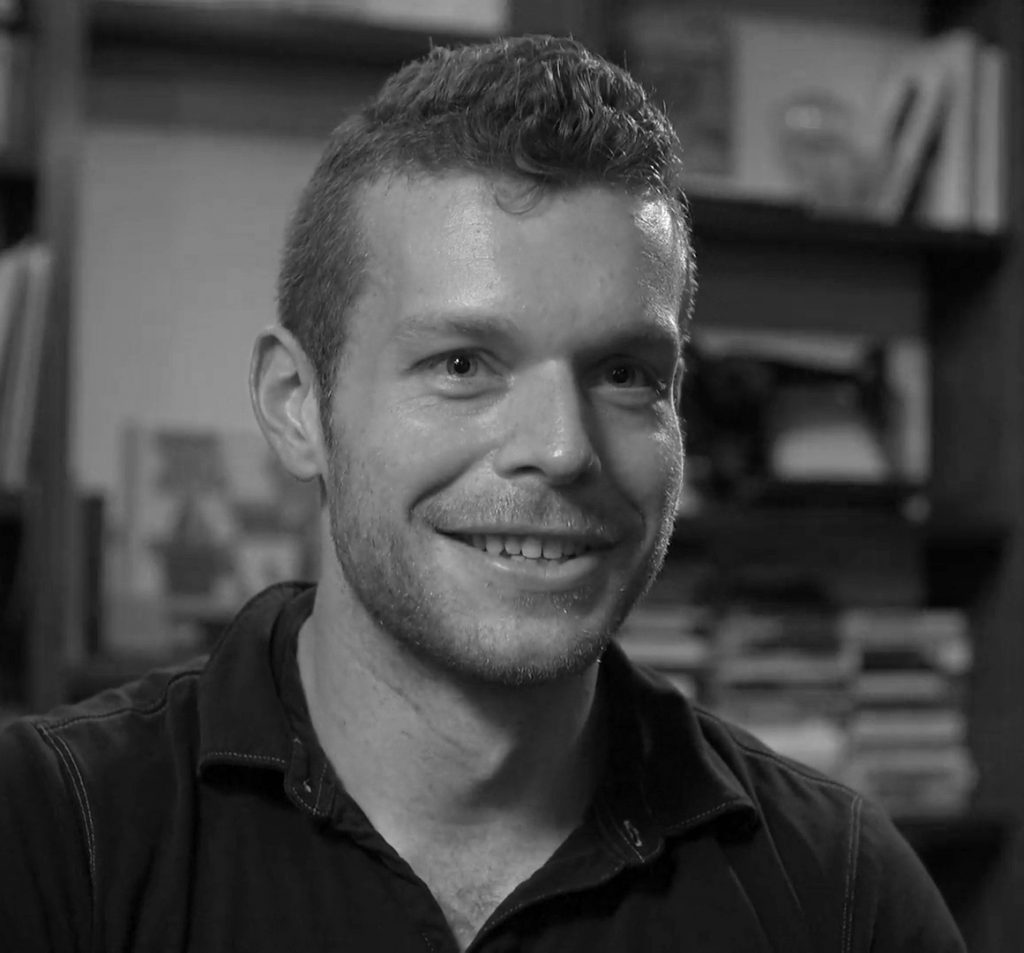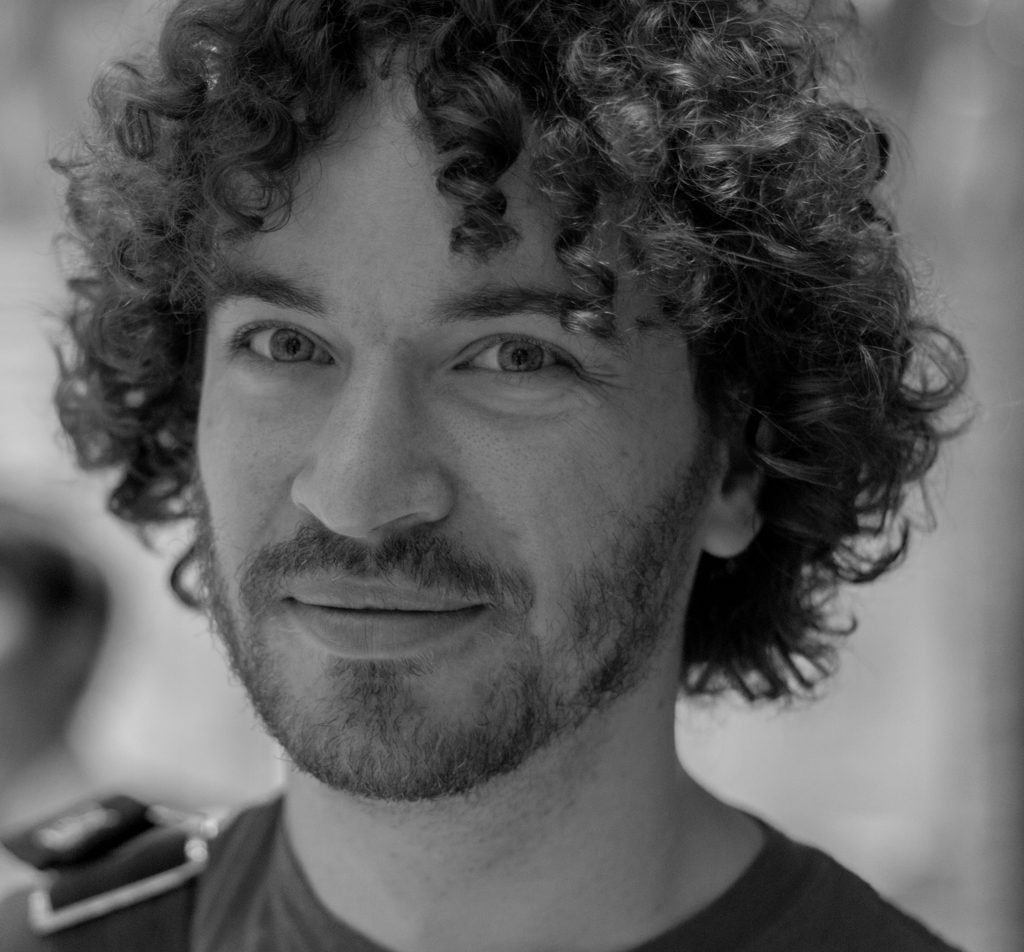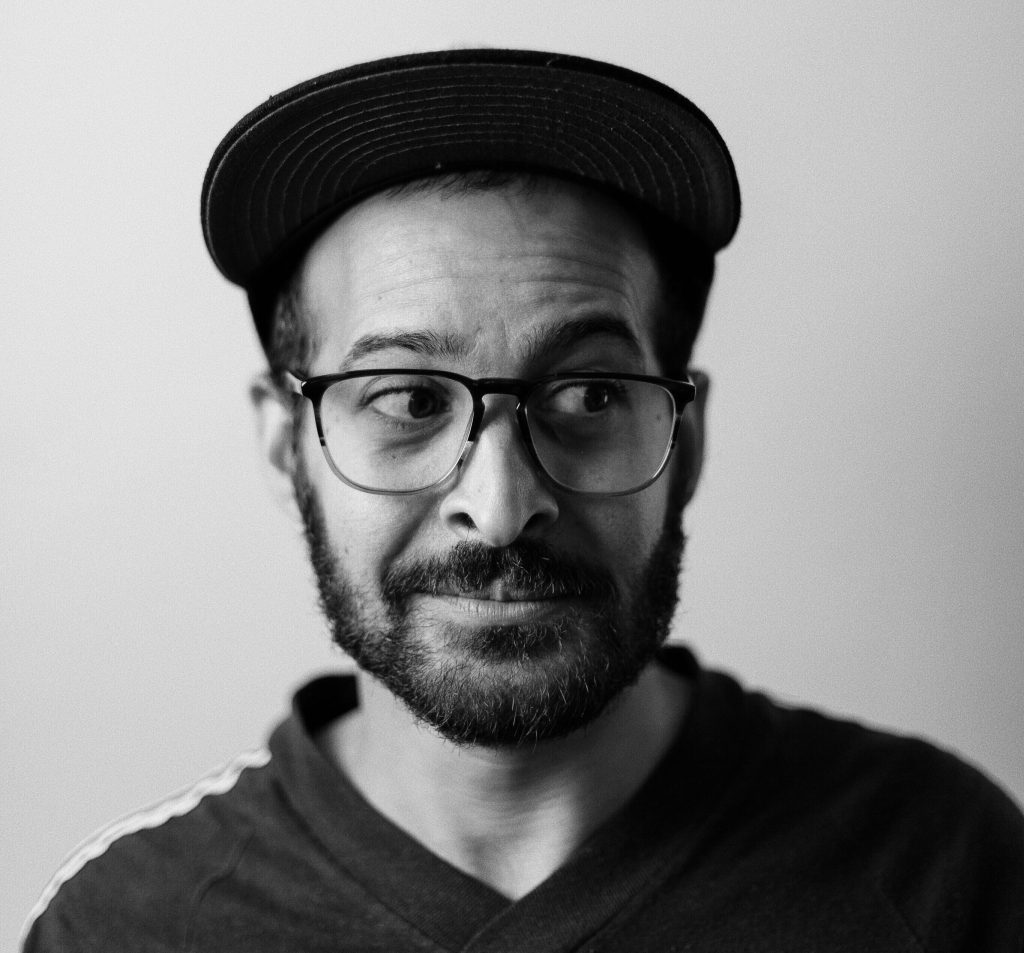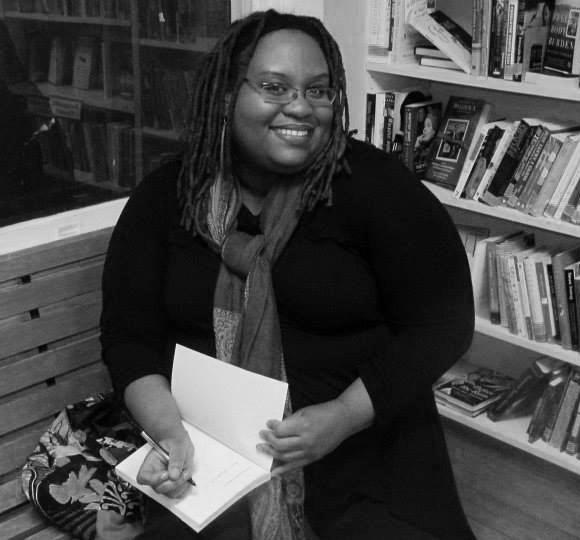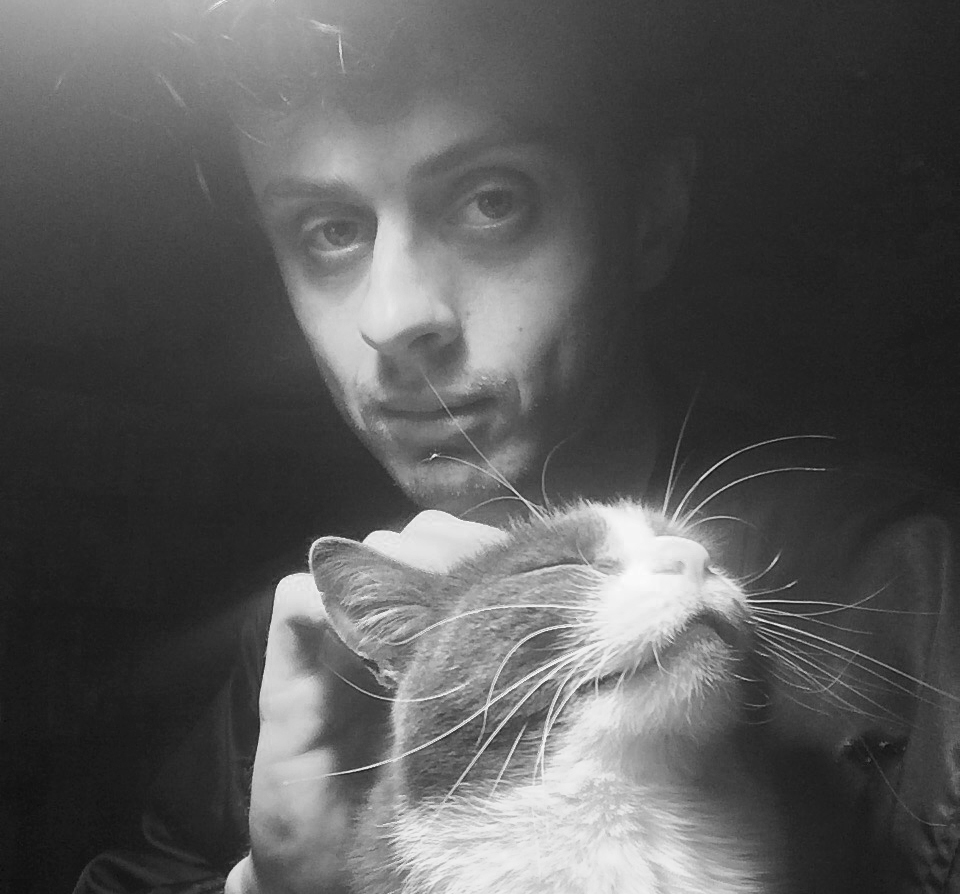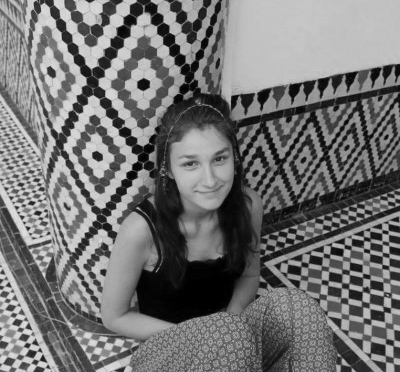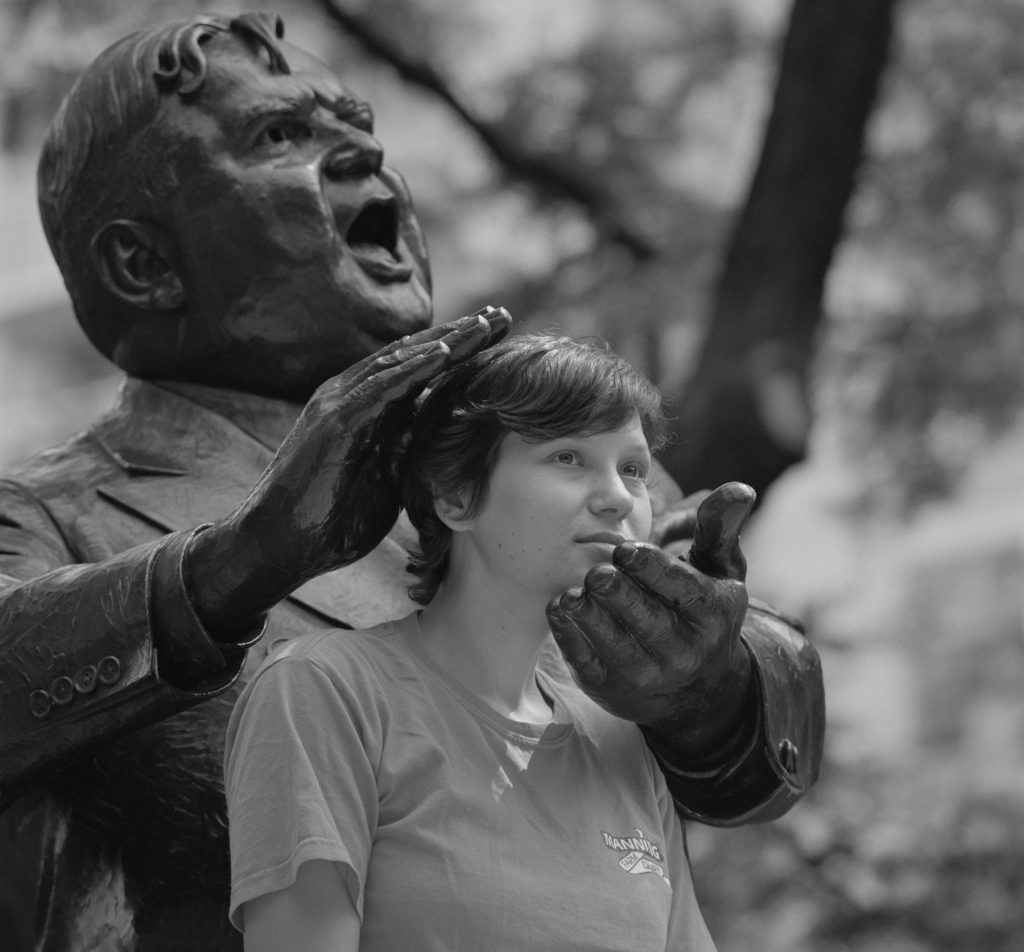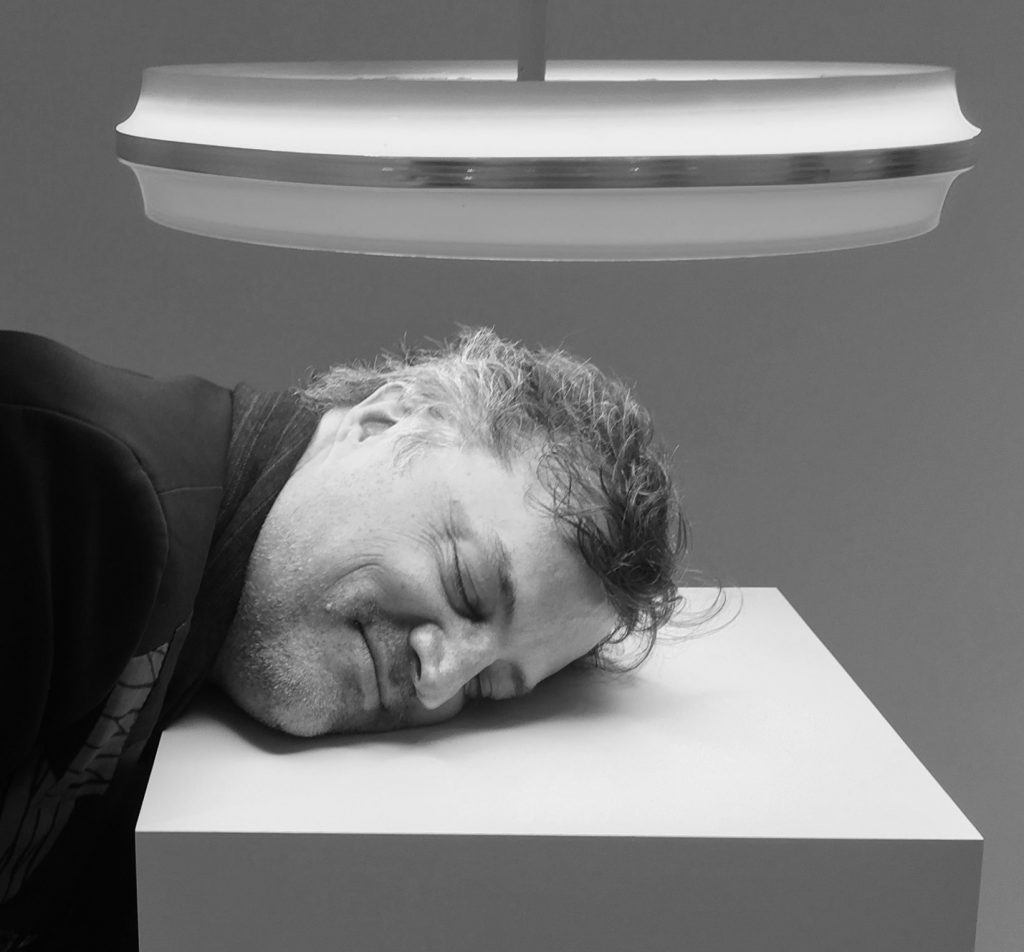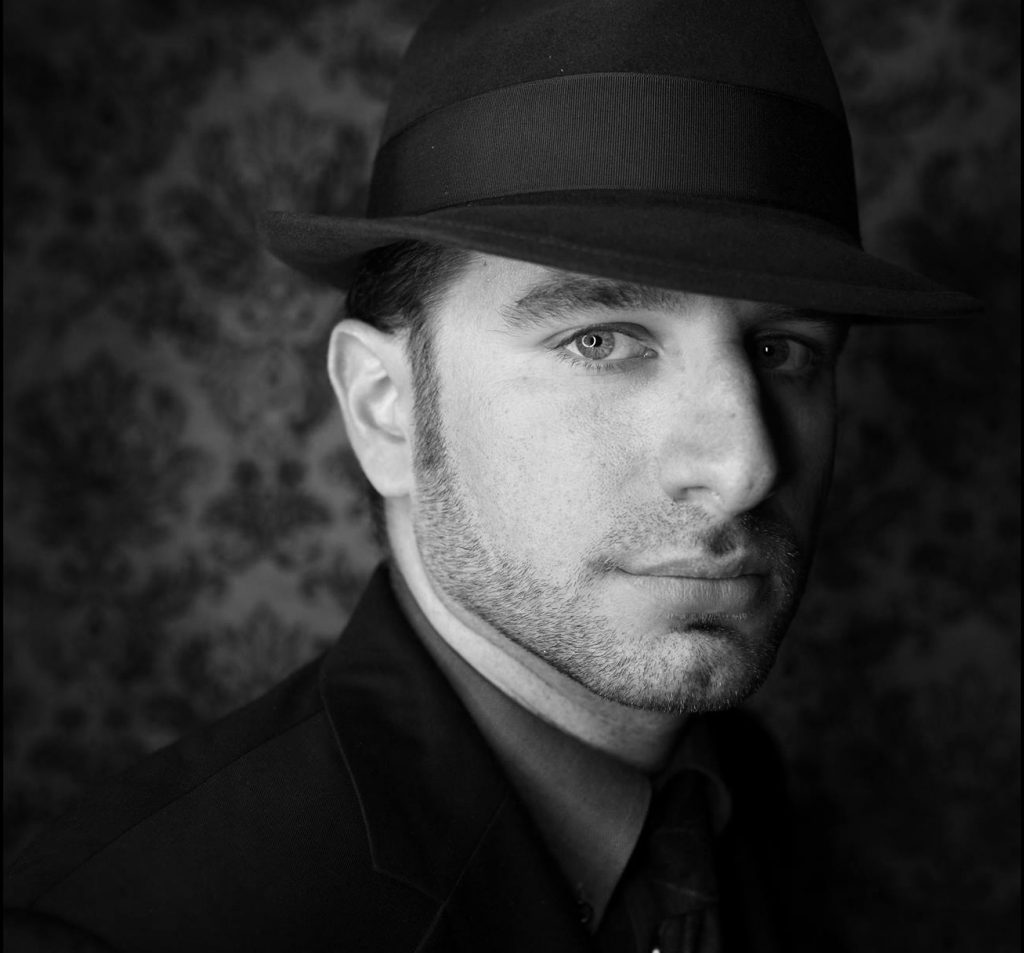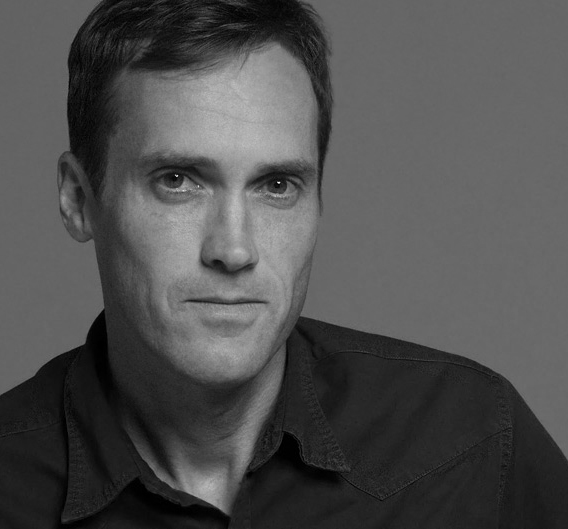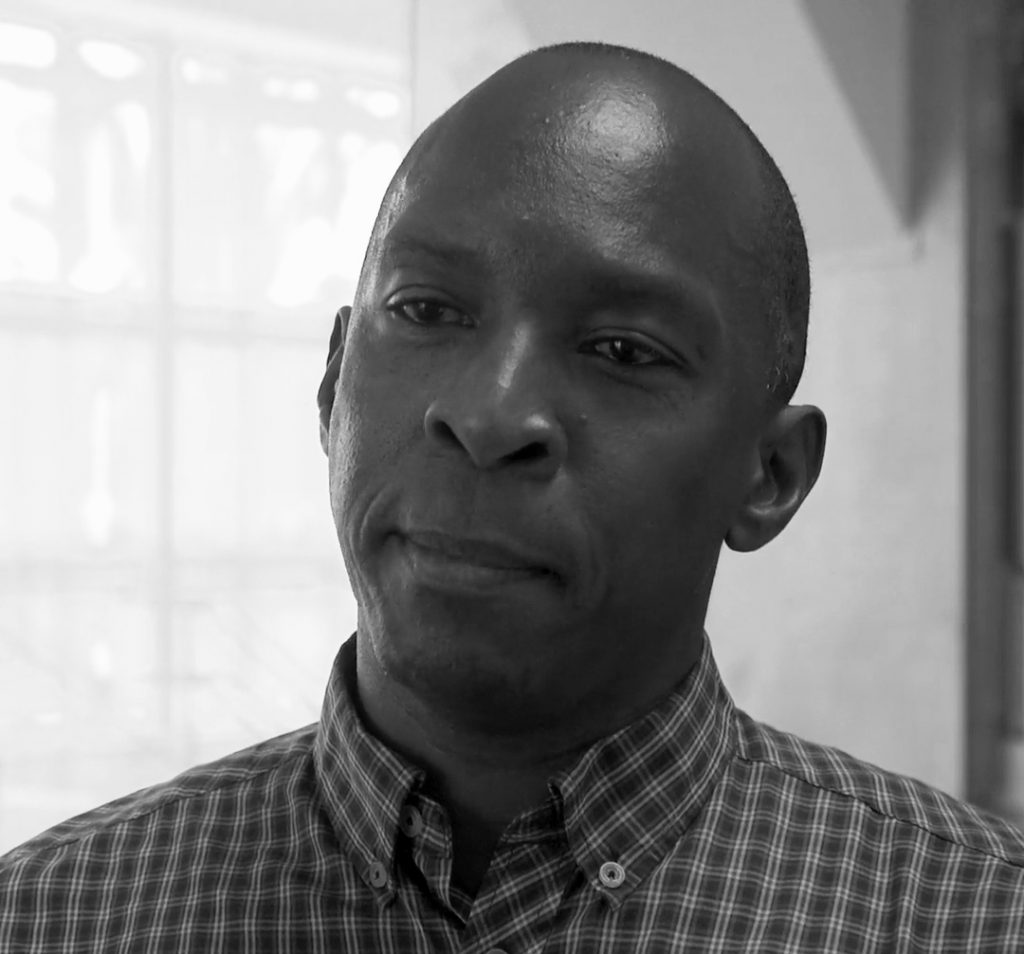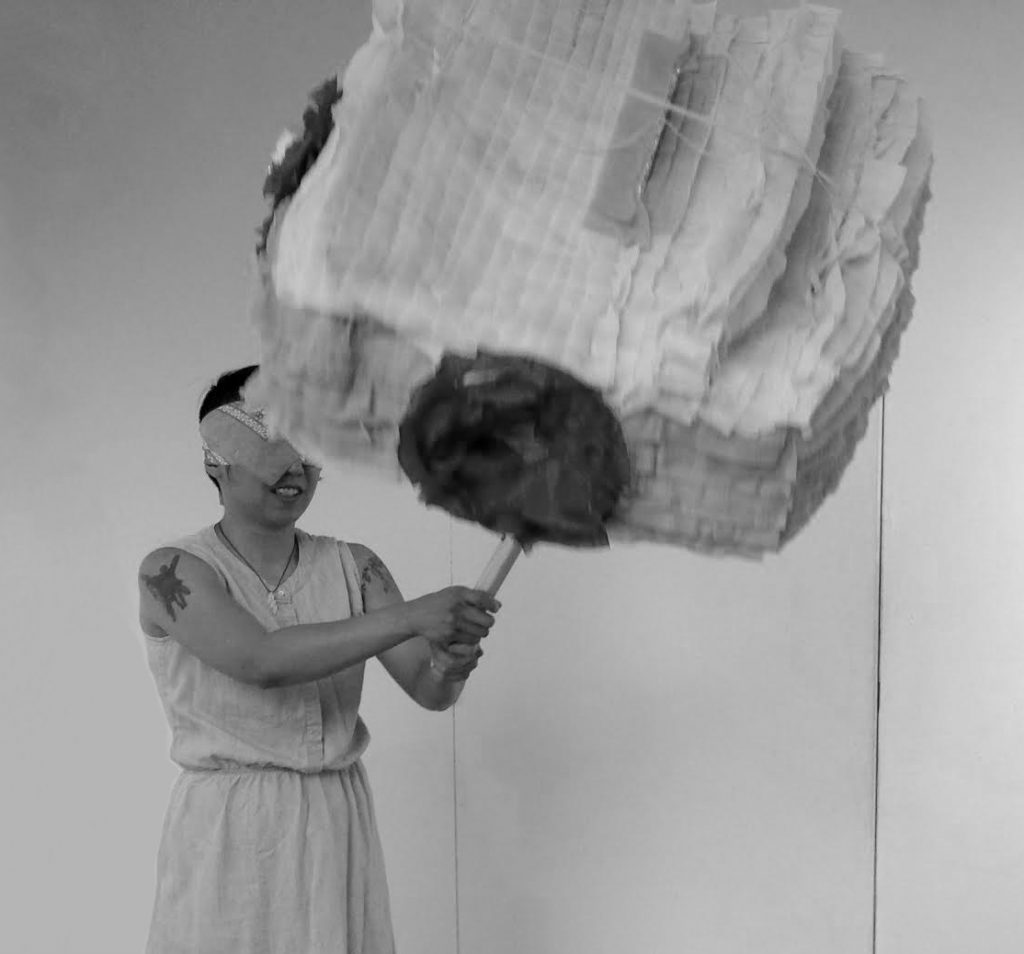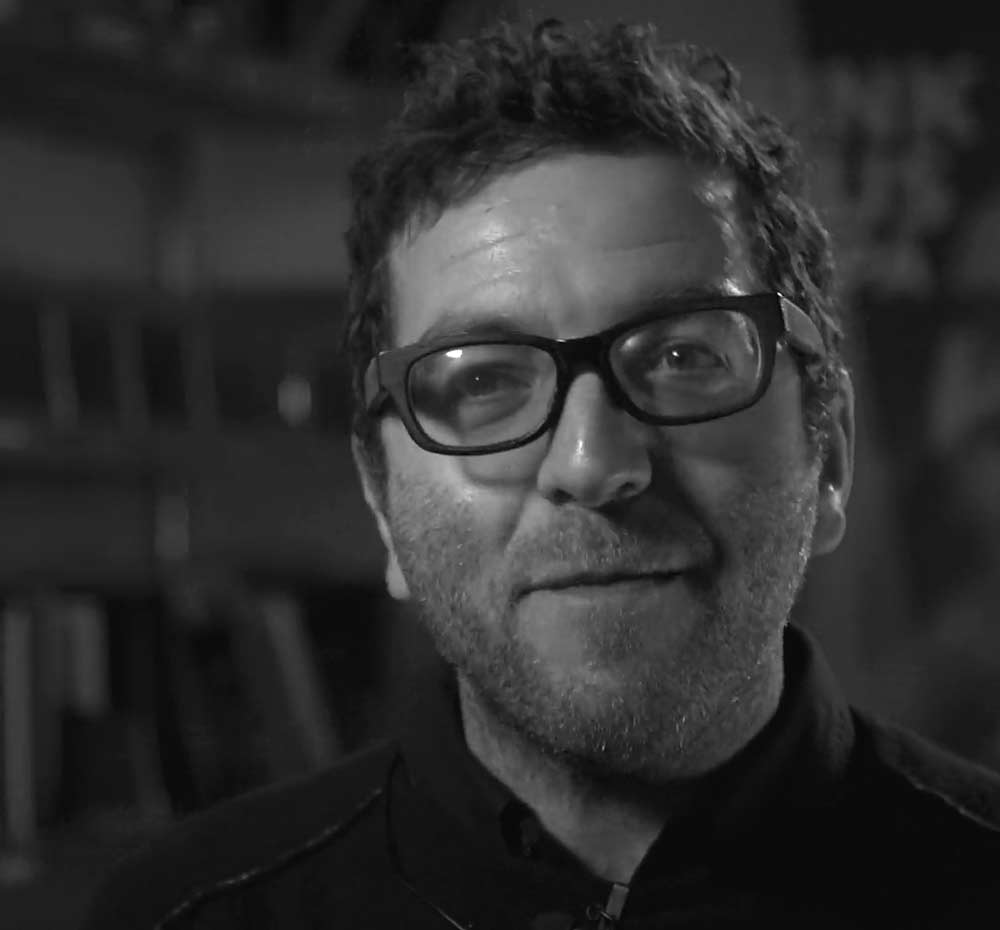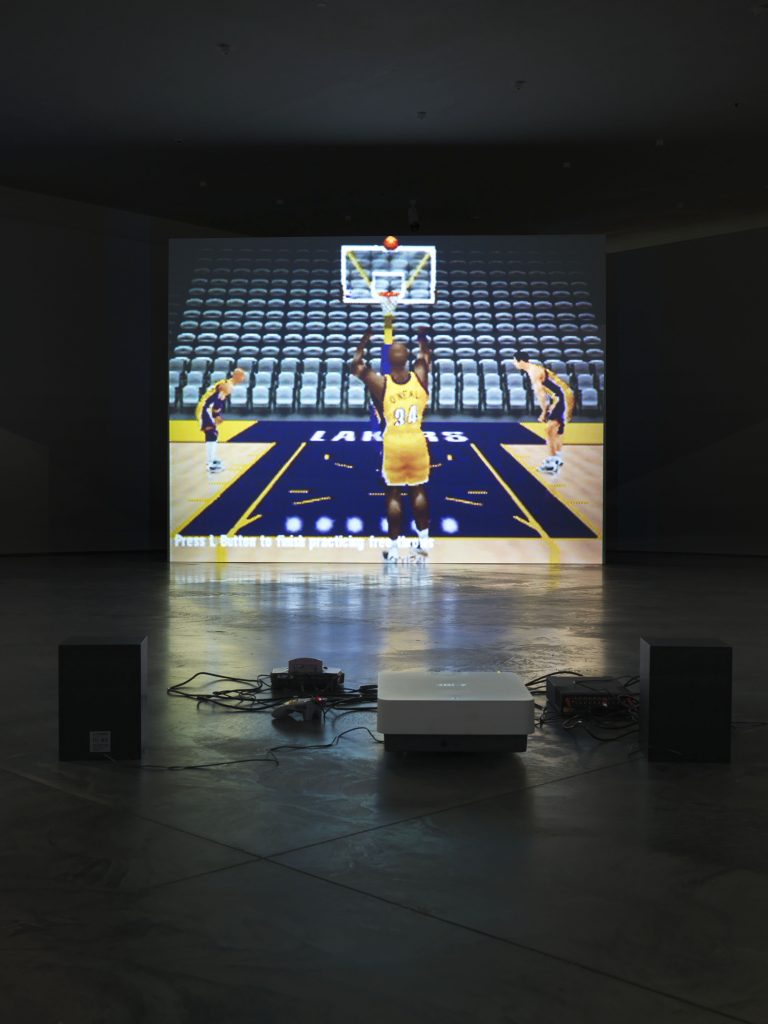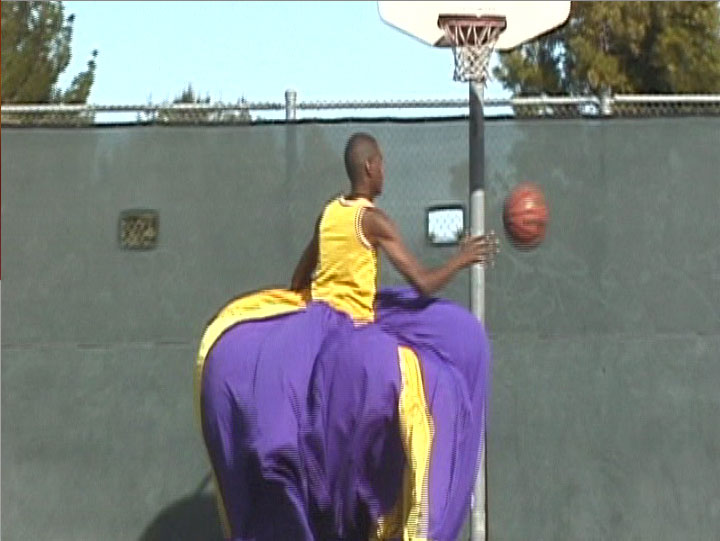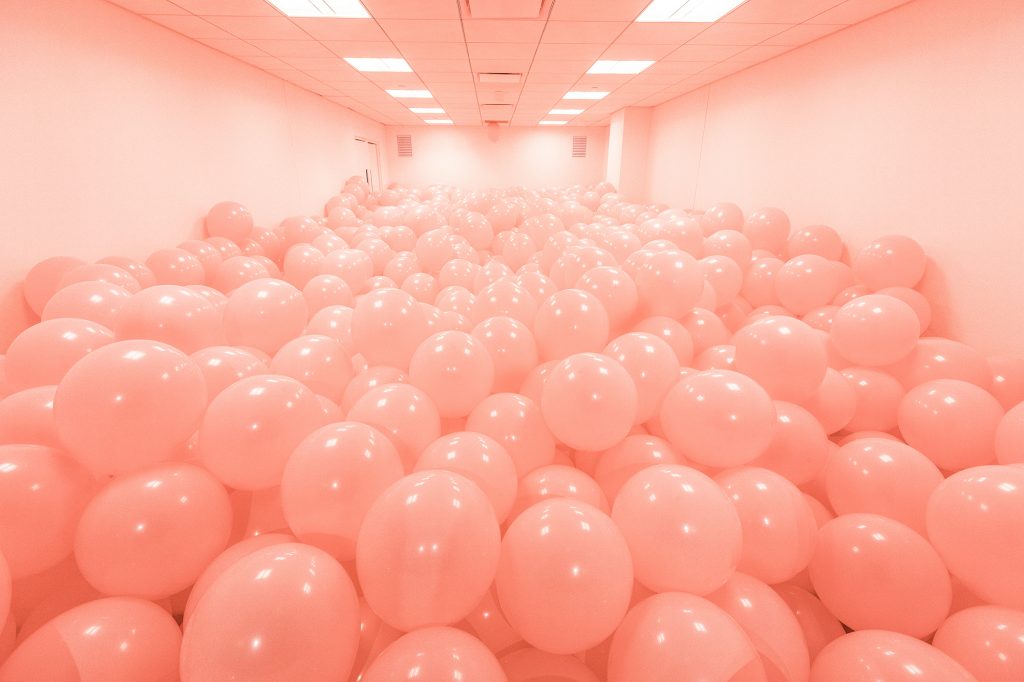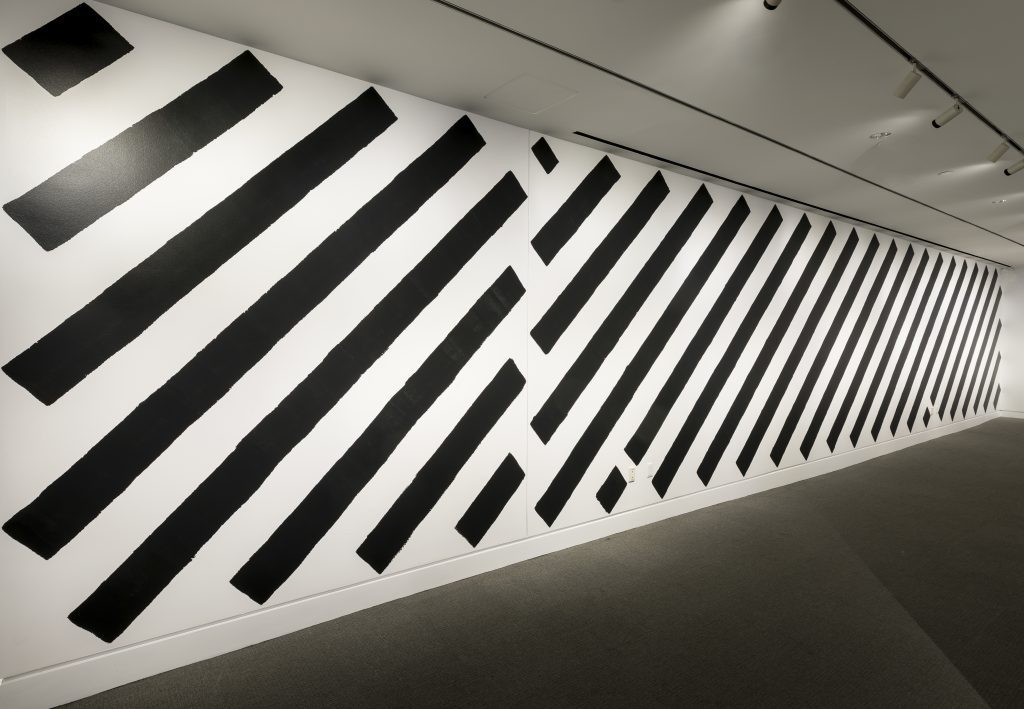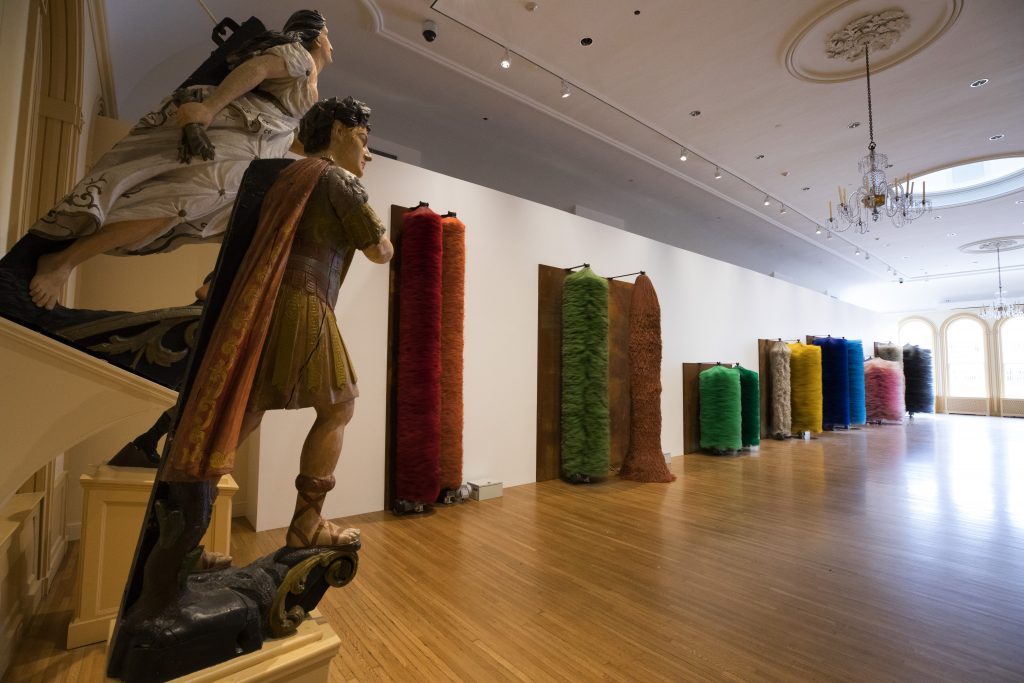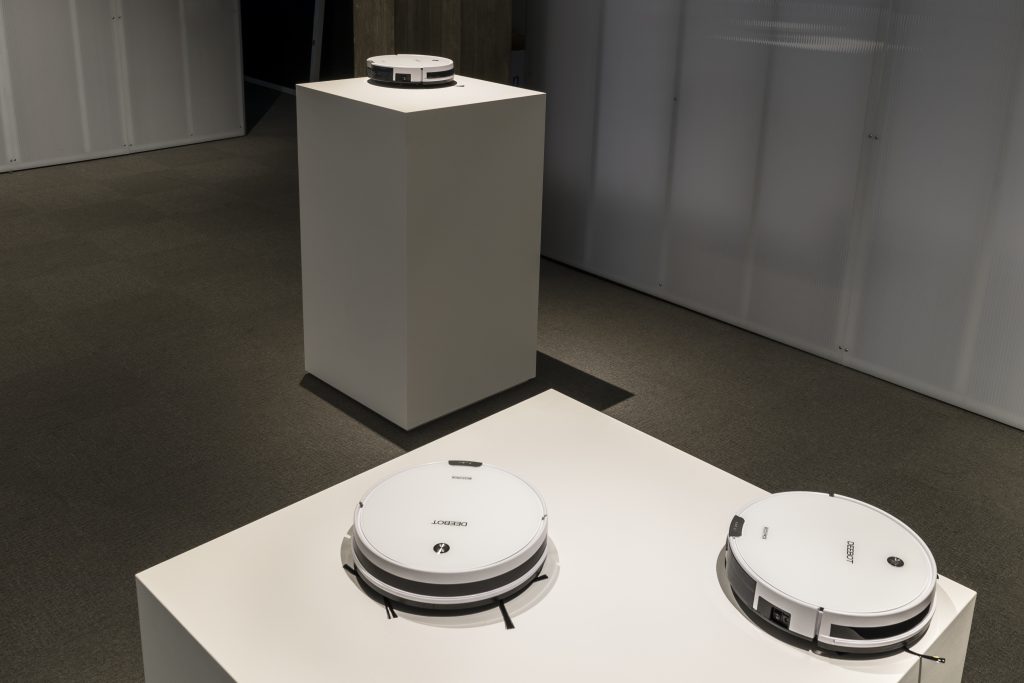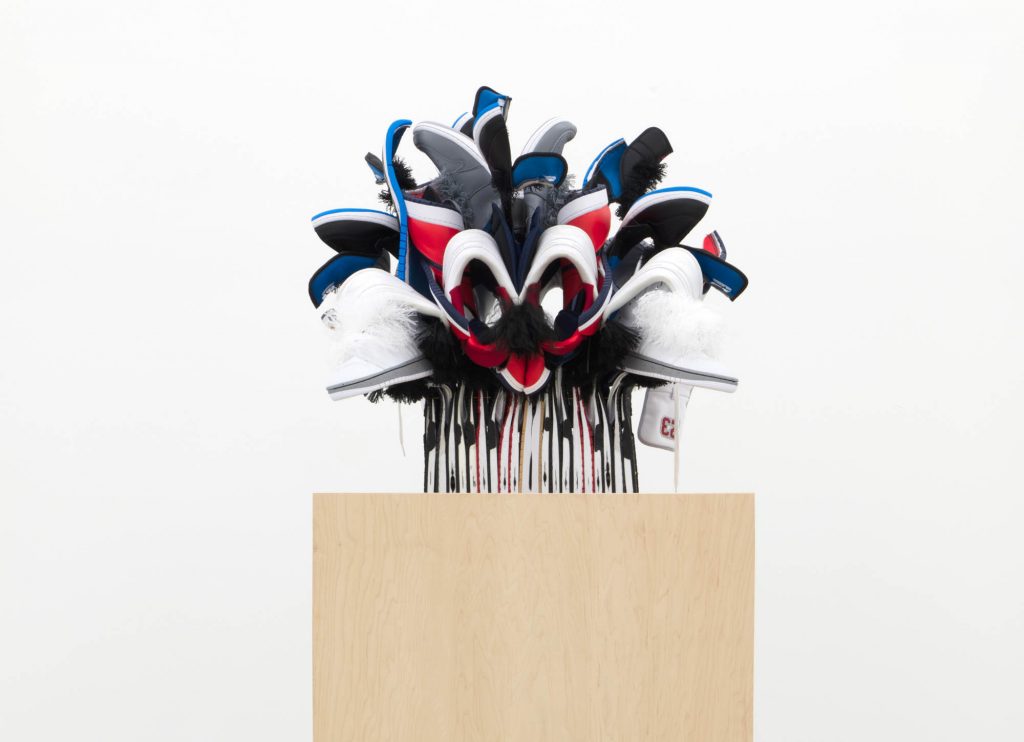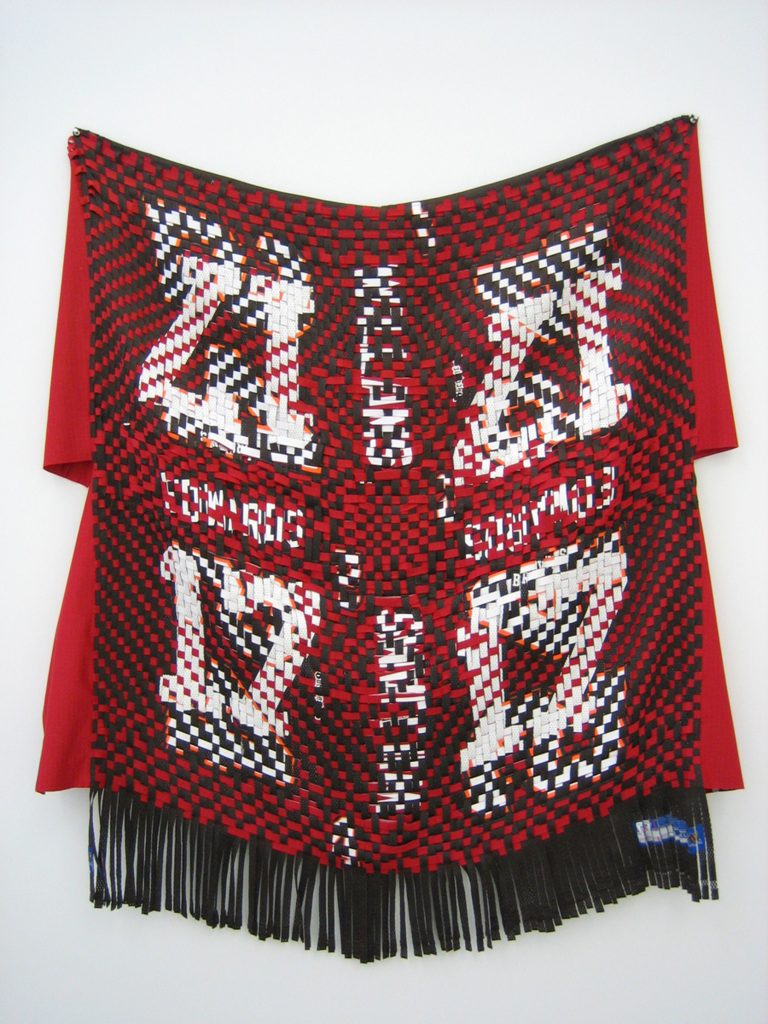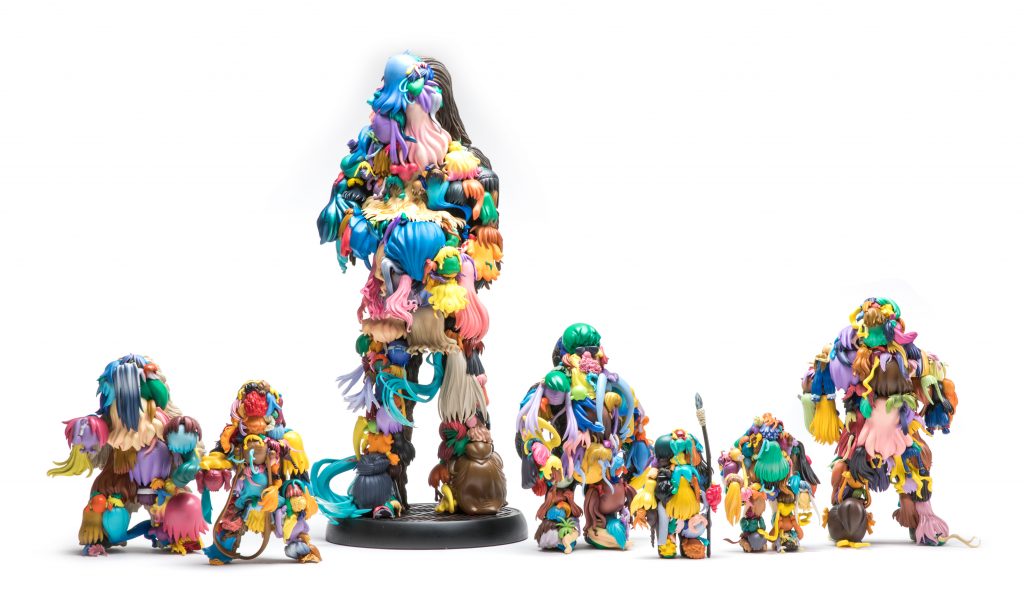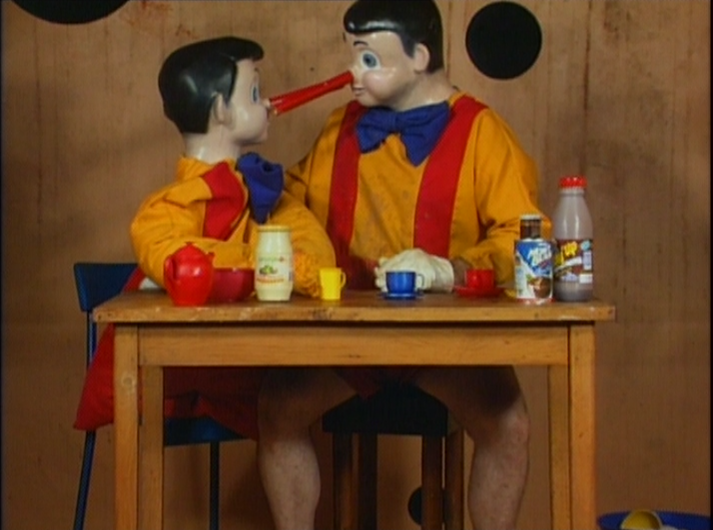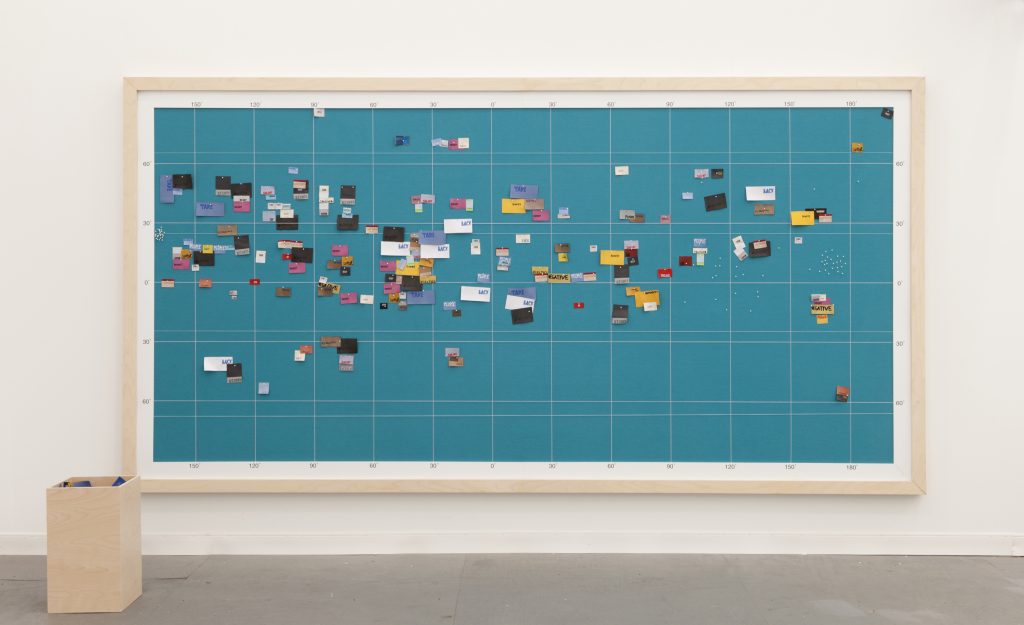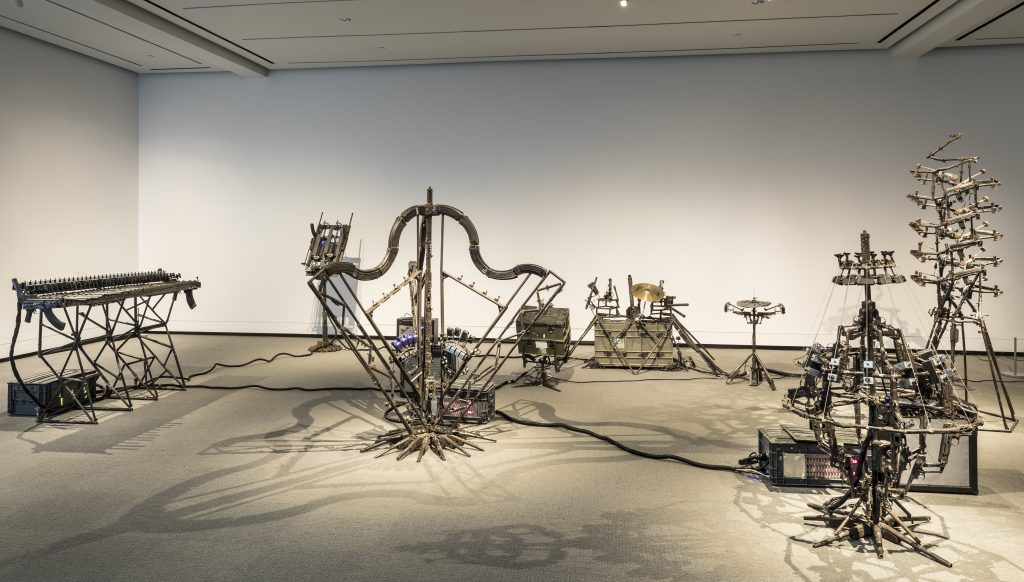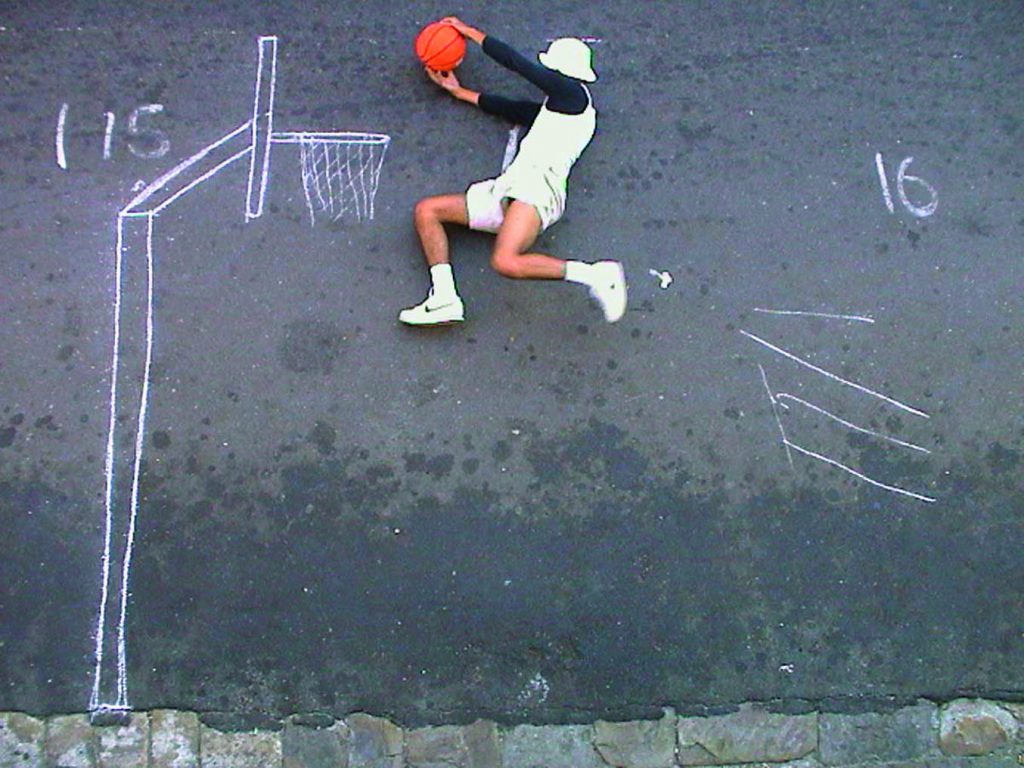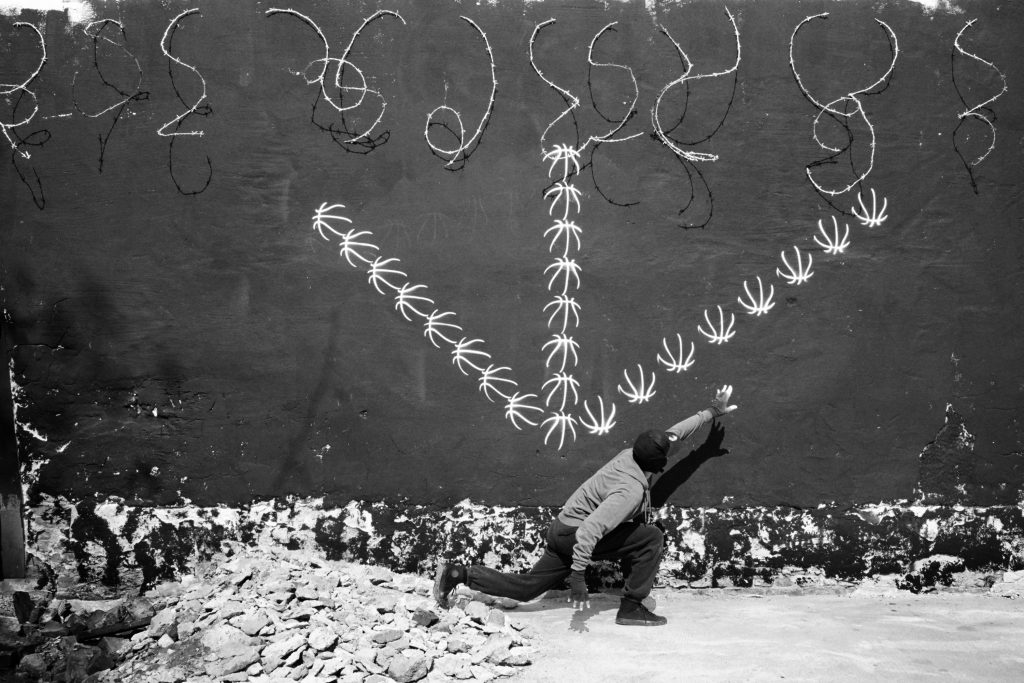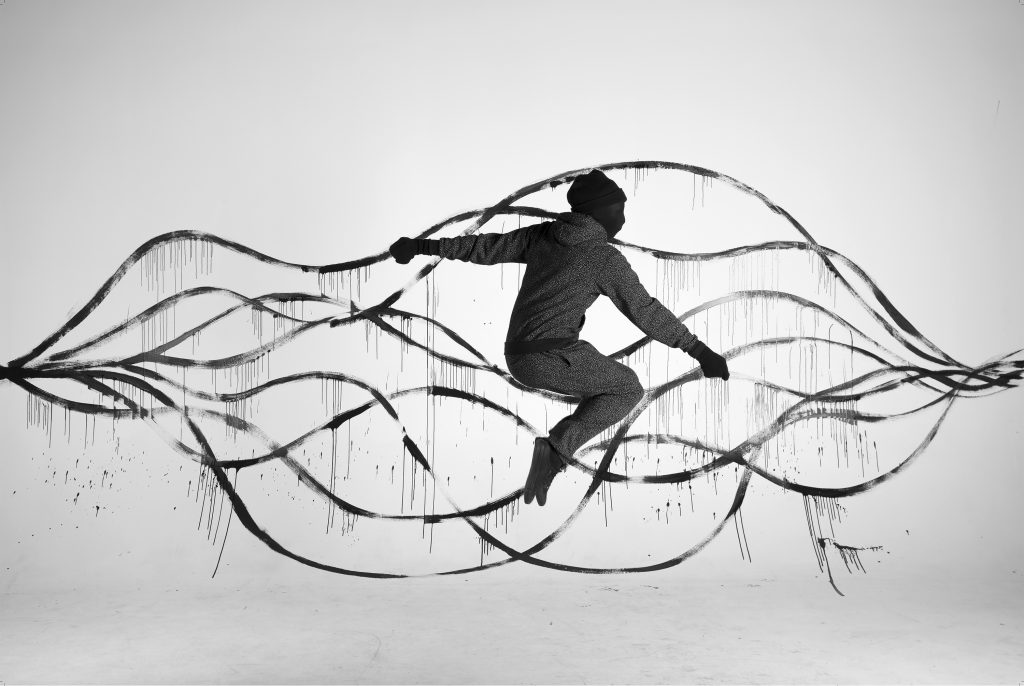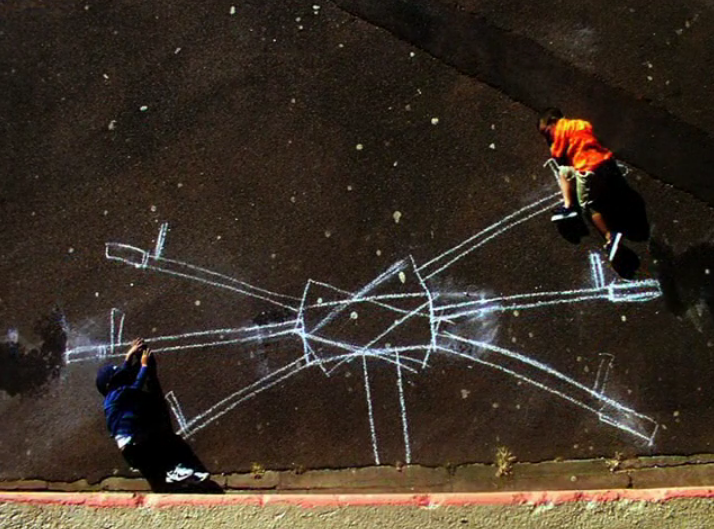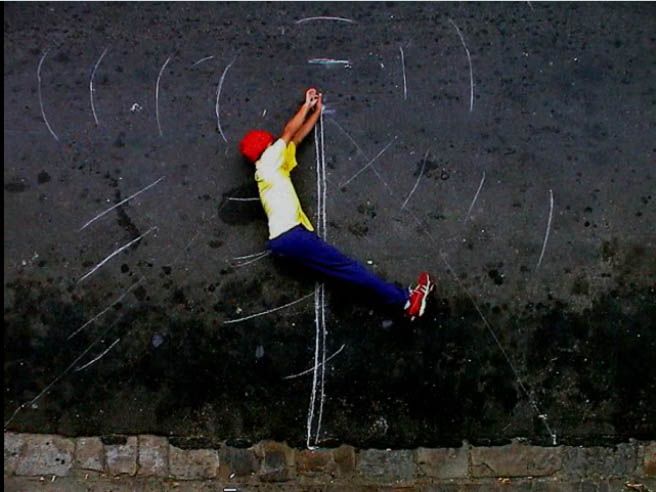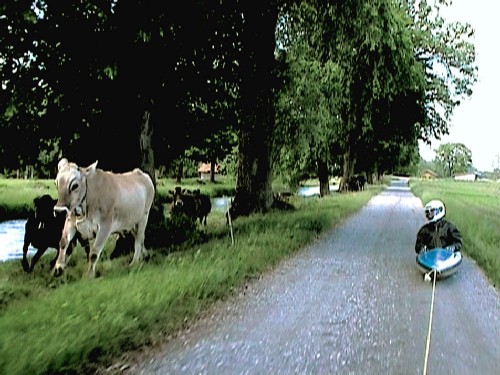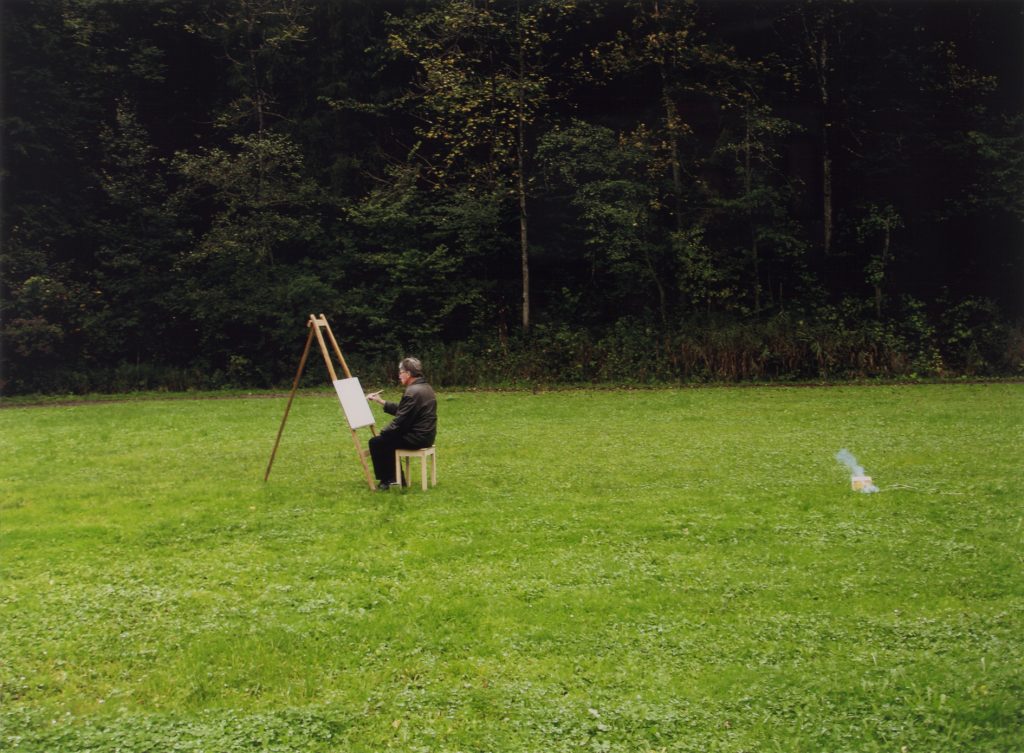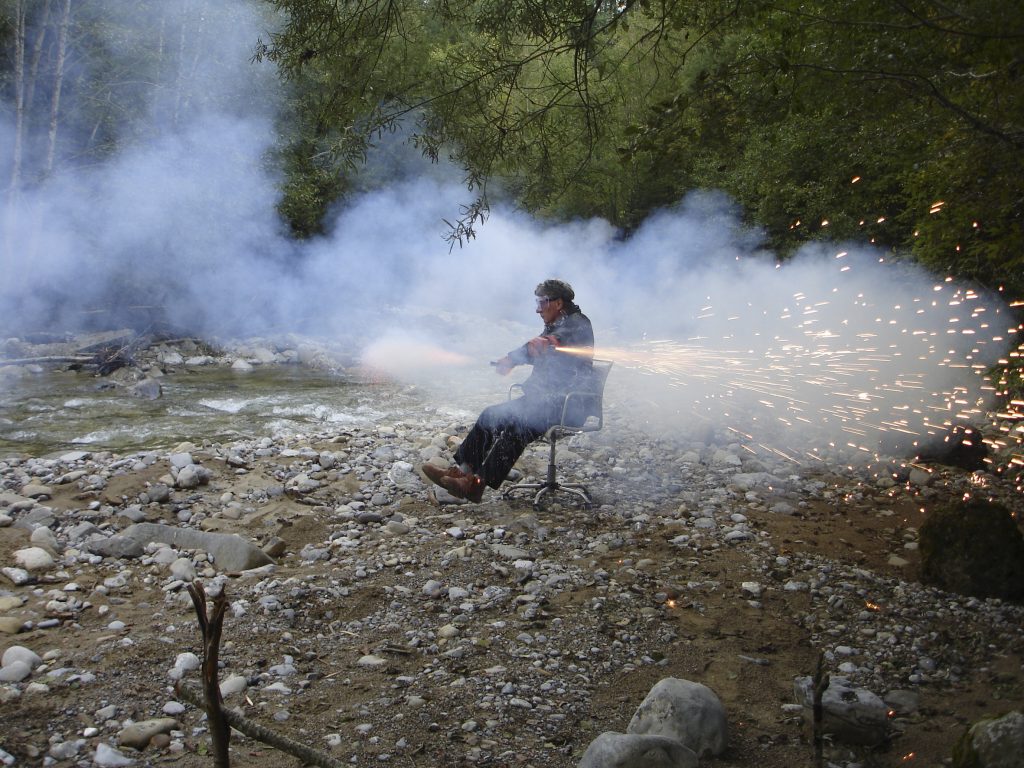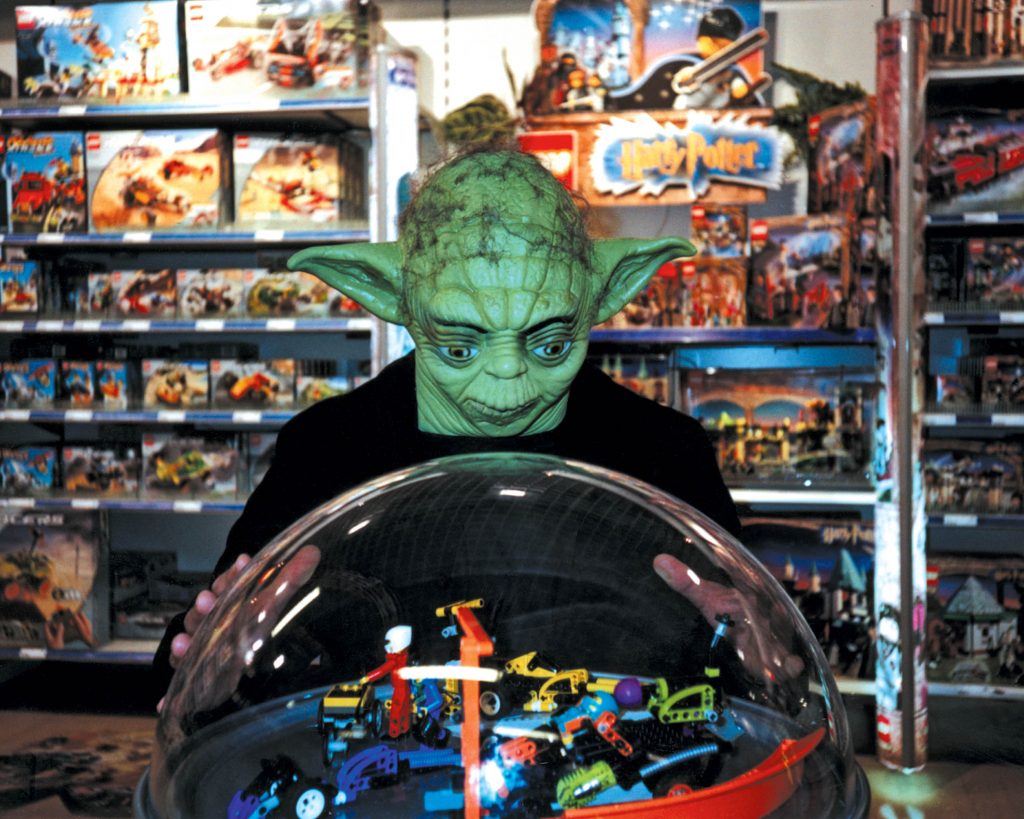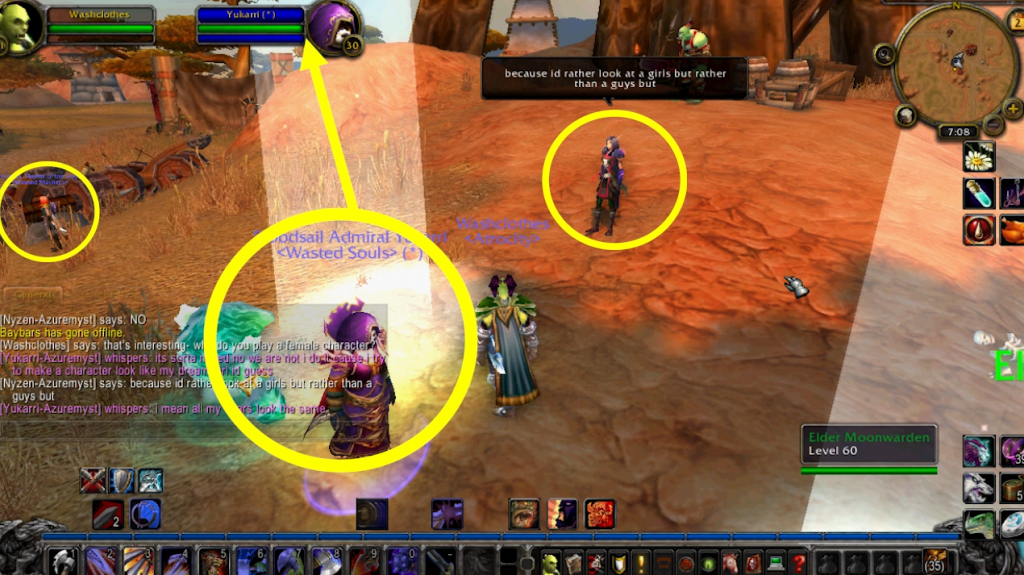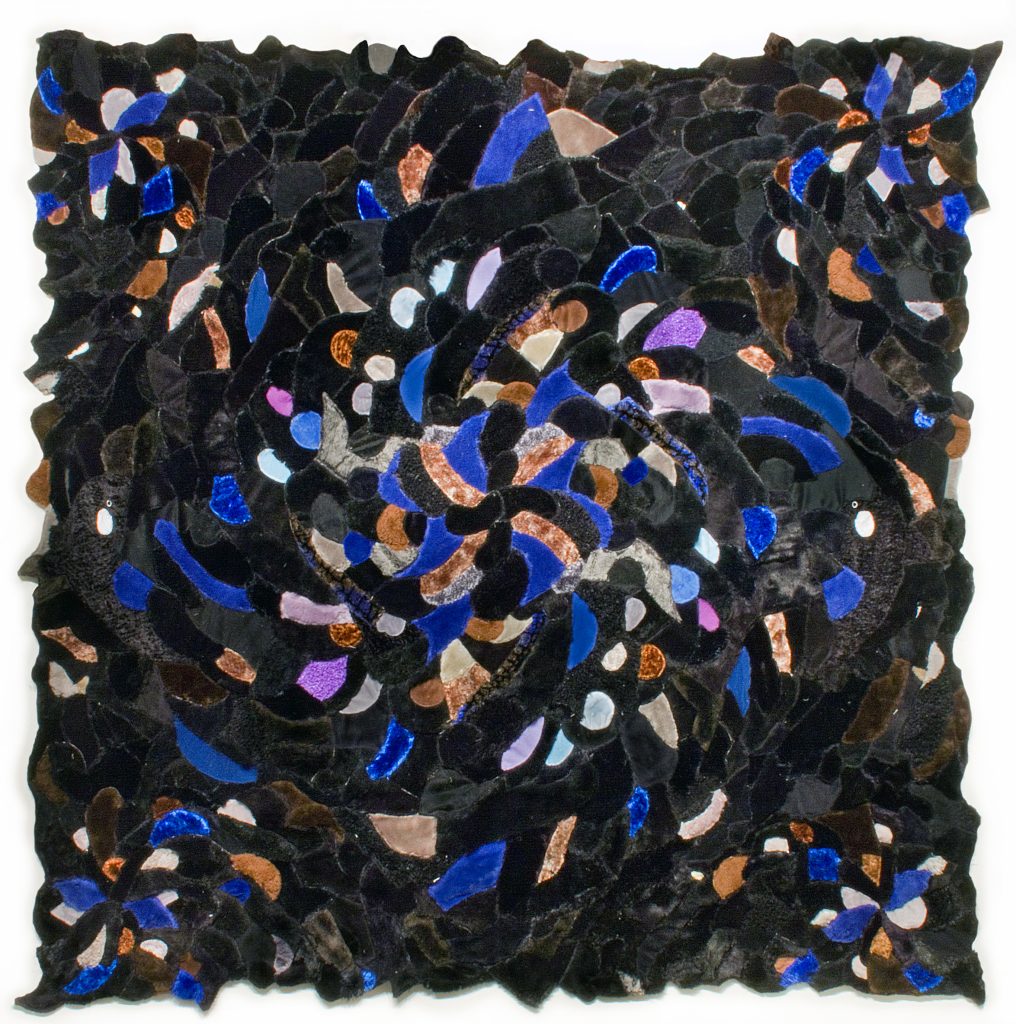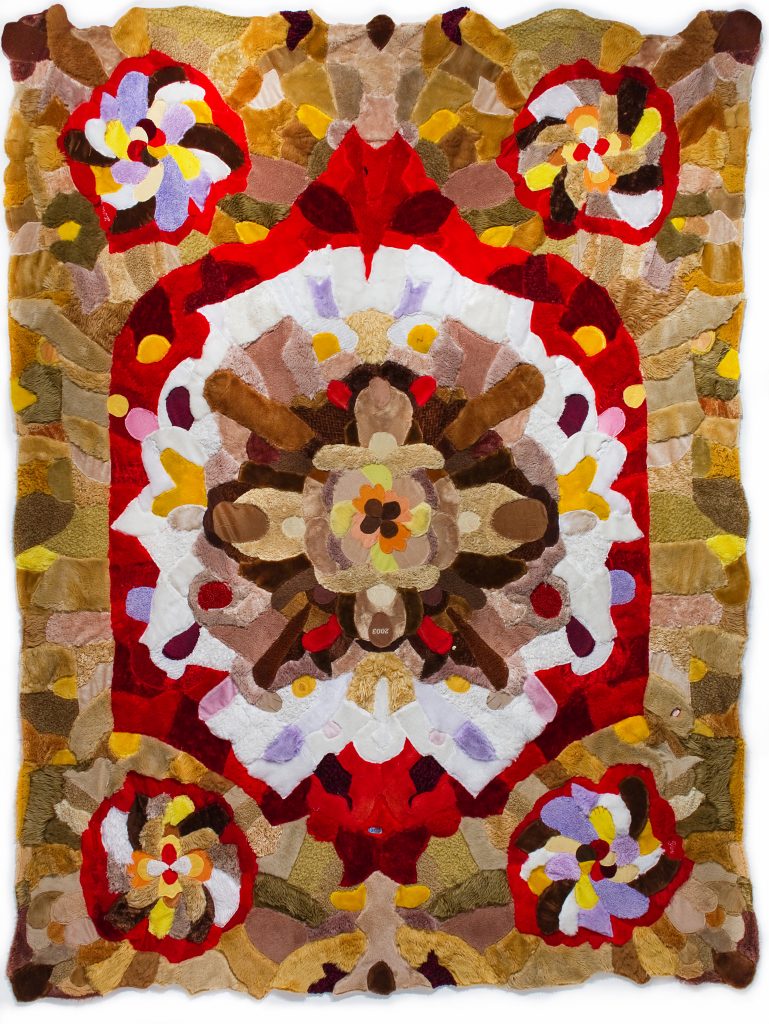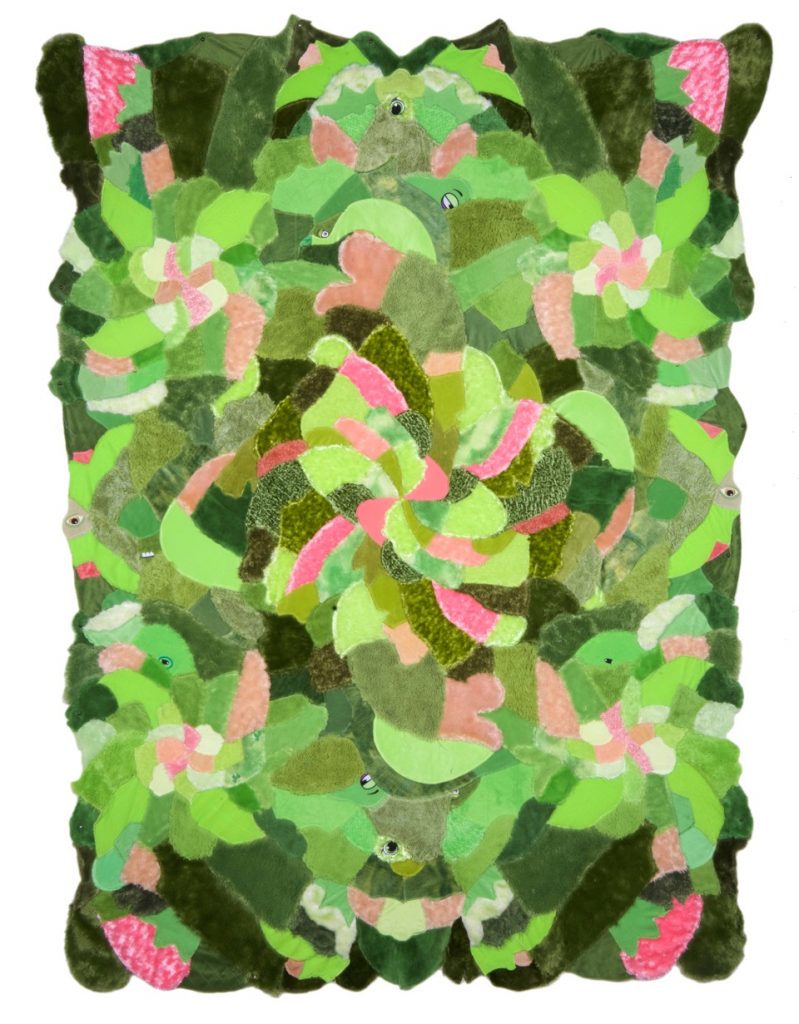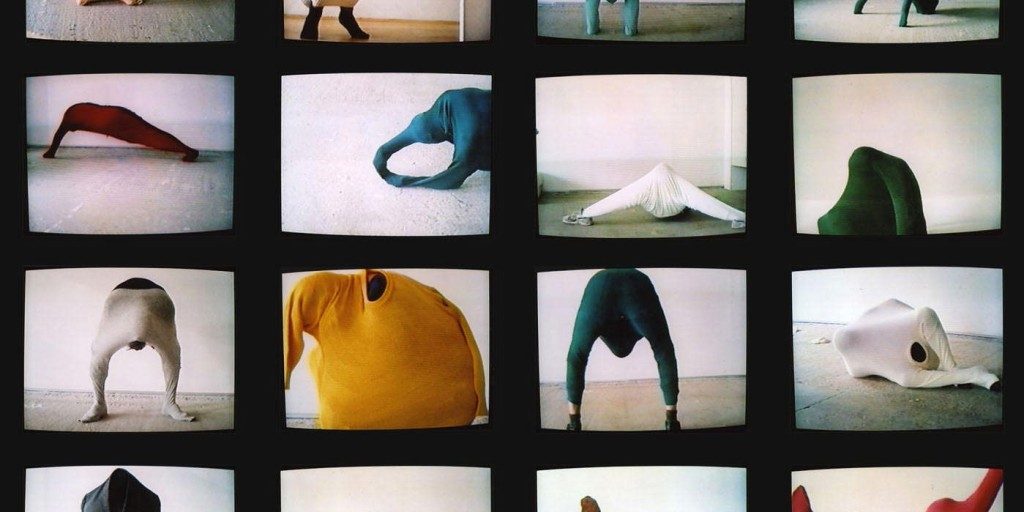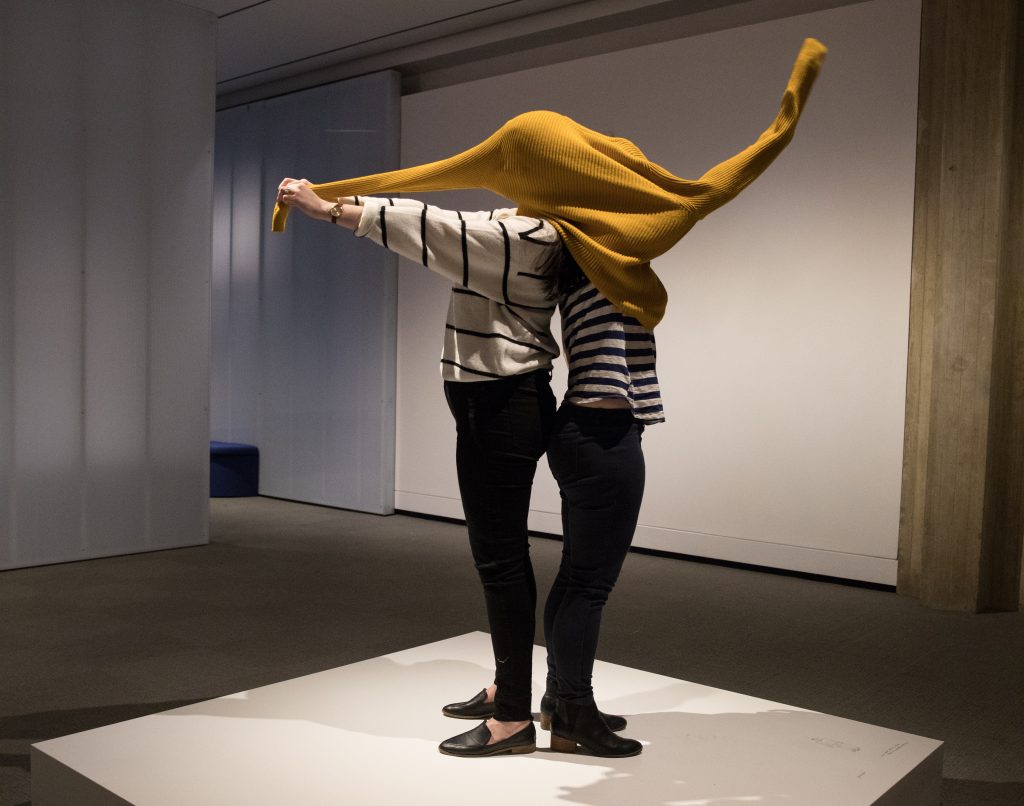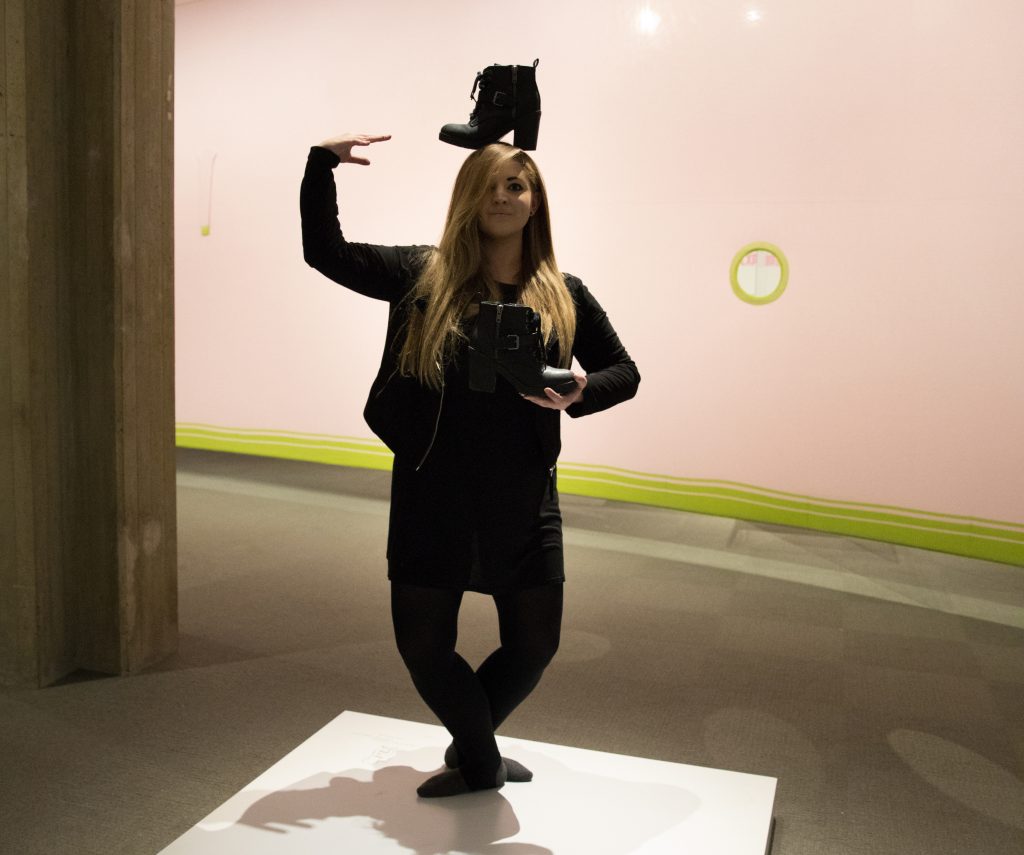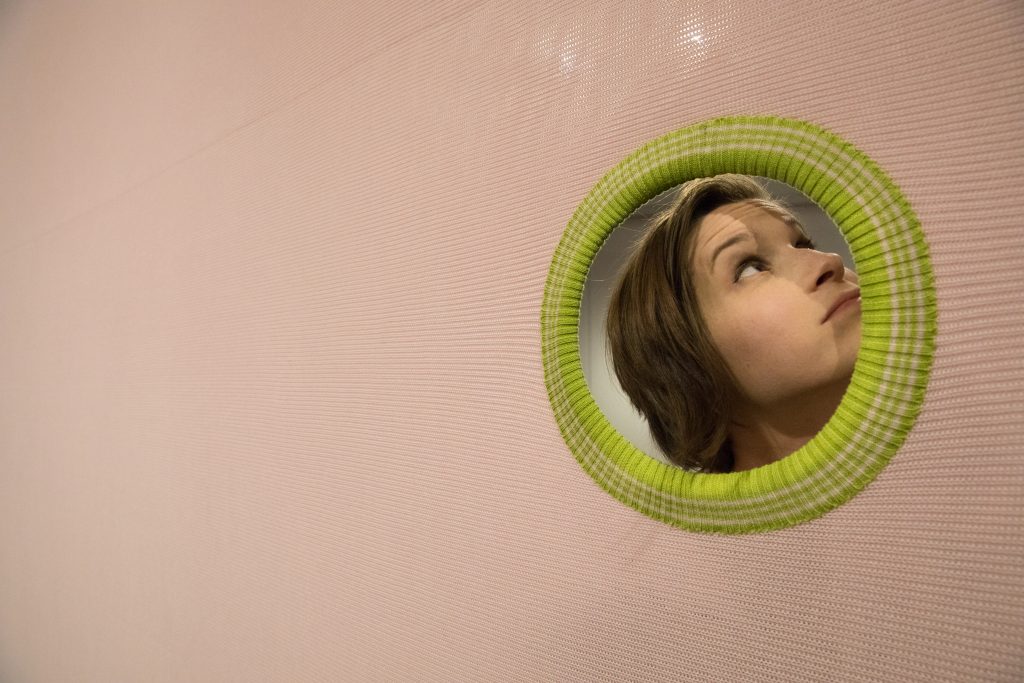In an era when women’s rights to equality are recognized, writer Anne Miltenburg asks, why do female athletes face such challenges finding gear that fits and performs well? This is the first installment of a two-part essay.
Over the past hundred years, the design of sports uniforms has been evolving at top speed. There was a day when soccer players wore rugged cotton crewnecks, woolen socks, and heavy cleats that weighed them down, and their shirts were devoid of sponsor logos. Today, they wear kit that is lighter and more breathable than ever, and sponsors pay big bucks to be seen on a team jersey. In fact, professional athletes playing for a sponsored team are contractually obligated to wear the sponsor’s uniforms and gear. These uniforms are designed down to the very structure of the fibers for maximum range of motion, minimum skin friction, and optimal body temperature. Boots have specially designed studs specifically configured for firm ground, soft ground, or artificial turf, ensuring faster turns, better kicks, and fewer injuries. Nor is there any end in sight to the improvements that are yet to be made.
Sports brands are in a race to design ever better gear to help athletes run faster, jump higher, swing harder, and look better while doing so. When it comes to the design of team sports uniforms for female athletes, however, it is often quite a different story. Karin Legemate, a retired Dutch professional soccer player, recalls her experiences with sports uniforms with a mixture of disappointment and wonder: “At AZ, a first division club, our sponsor was Quick, a sports brand that does not have a line for women. As a result, we had to play in the smallest men’s size and in kids’ shoes.” Because competitions are waged mentally as well as physically, Legemate experienced it as a huge impediment. “You stand on the field in a bag. It just looks wrong. It feels wrong. You are an athlete, you want to look like one. So mentally, you are already at 0:1.” Your standard of play goes down too. “The children’s shoes don’t have aluminum studs. When you are playing on grass, you can’t turn as well, you slip, you get injuries quicker, you have to hold yourself back.” It was not until she became a member of the Dutch national soccer team that she first experienced a great kit designed for women by the official sponsor, Nike.
According to Legemate, with the right gear you have more confidence, and it shows on the field. Without good gear, the game becomes less fun for the players and for the audience as well. “When women’s soccer has a small viewership, sponsors are less interested. Without sponsors, women athletes have to cover all their own costs. It’s already impossible to support yourself as a professional female soccer player. All of us have to combine it with normal jobs. If you have to pay for your own gear it is just another setback.”
For Muslim soccer players, this is just another difficulty in what is an already disappointing industry. Most sports brands originate in the West, and within the industry there are tremendous hesitations, misgivings, and dilemmas around designing sports clothing for Muslim women. Is designing sportswear with head coverings a way to enable these women to play sports, or does it play into the hands of those who suppress women’s rights? Princess Reema Bint Bandar Al Saud, Vice President of Women’s Affairs at the General Sports Authority, Saudi Arabia, found herself at the center of this dilemma when she had to make some quick decisions for the team of female athletes participating in the Rio Olympics in the summer of 2016. Because the decision to enter a women’s team—a first in the country’s history—was made quite late, the athletes were offered small sizes of the men’s uniforms that the national team sponsor had created, but even if they had received uniforms designed for women, Princess Reema doubts that they would have been suitable for her team. “The sponsoring brand does not yet design for women who cover their hair. In our culture, women cover themselves in public. Covered is also how we dress for formal occasions. The Olympics are a formal occasion.” Princess Reema wanted to both show the world that Saudi women could compete with the best, and show her country that sending women to the Olympics was a great idea, but in order to do so, she had to find a solution that would allow the women to perform at world-class levels while also being covered according to societal norms.
She turned to a high-street brand for off-the-rack burkinis and hijabs. “We have athletes competing in the marathon. They need to have a uniform that is as aerodynamic as possible and allows them to regulate their body temperature, but our athletes cannot wear a skin-tight body suit even if it covers the entire body and our hair. We need something that is modest and yet enables us to compete with others without being at a disadvantage.” It is a challenge waiting for the right sports brand or the right designer to take on.
[Khalida Popal] is quick to point out that the debate should not be about whether or not the sports hijab represents a restriction of women’s rights. The debate should be about allowing all women to participate, regardless of their religion or background.
Khalida Popal, former captain of the Afghan women’s national soccer team, joins Princess Reema Bin Bandar Al Saud with her passionate plea for sports brands to create solutions which allow Muslim women to participate in sports. She recently collaborated with Danish sports brand Hummel to create the official Afghan sports uniform, which includes a line for women, with or without hijab. She is quick to point out that the debate should not be about whether or not the sports hijab represents a restriction of women’s rights. The debate should be about allowing all women to participate, regardless of their religion or background. “Before we had the Hummel uniform it was very difficult for me, as a leader of the team, to find comfortable clothing that did not irritate or disturb the players. And it was so hot! With the built-in hijab we look professional, and it helps parents to give their consent for their daughters to play sports.”
Parents do not necessarily ask their daughters to wear a hijab because of their own religious beliefs. In places like Afghanistan there are those on the hunt for any woman who crosses the line of strict behavioral and clothing codes, and they inflict gruesome punishments on trespassers. Requiring girls to play in hijabs is often as much a sign of love and concern for their safety as it is a cultural or religious habit. In Popal’s words, “The uniform with the built-in hijab breaks barriers. It is a way to say: look, sport is not against religion. Sports and religion are not adversaries. We’ve received a very positive response from within Afghanistan.” Interestingly, most of the negative responses have come from people in the West who believe that the hijab curbs women’s rights, but Popal firmly disagrees. “You have to understand: it gives us opportunity. Now we can play. Without it we could not.”
Despite the fact that the national team now has its own uniform, for the aspiring amateur soccer player in the country, there are still no options. According to Popal, “No other companies have jumped in to create a uniform with hijab for the general market, unfortunately.”
While one side of the world is engaged in a discussion of how to cover up, the other is in a battle over whether or not to strip down. Some people consider the sex factor in women’s uniforms as key to improving the viewership of women’s sports. During an interview in 2004, Sep Blatter, then the head of the Fédération Internationale de Football Association, said: “Let the women play in more feminine clothes like they do with volleyball. They could, for example, have tighter shorts. Female players are pretty, if you’ll excuse me for saying so, and they already have some different rules to men, such as playing with a lighter ball. That decision was taken to create a more female aesthetic, so why not do it with fashion?” Sep Blatter is not alone, and women’s teams across the world have to live with the consequences.
Keep reading with the second installment of “Kit That Fits.”
(“Kit That Fits” originally appeared in Works That Work, No 9. Image credit: Latvia vs Russia Women’s Olympic Basketball – Beijing 2008 by kris krüg on Flickr.)







